17 Mar Creating Period Rooms Using Trompe L’oeil
There are many ways to restore a period house which has been stripped of its architectural heritage. On a recent artistic commission near London’s Canary wharf, we had two largish rooms which still had the period cornice and ceiling roses.
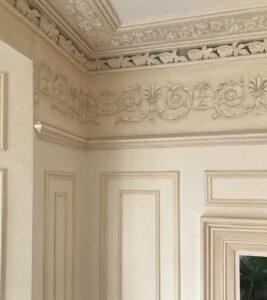
Something Extraordinary About The House
This house was slightly unusual in that it was extended from the original Georgian house during the regency period and to do it justice we needed to treat each room slightly differently while being able to blend seamlessly.
At the time of the original consultation with the clients the UK was gripped by the series ‘Bridgerton’ which was set in flamboyant interiors with artwork and murals in the Regency period.
The discussion was mostly about creating panels on the walls and reliefs above the picture rail space, the walls could be panelled by using wooden moulding whilst the only way to treat the area above was to paint trompe l’oeil reliefs to accompany the existing cornice.
Rely On The Best In The Business!
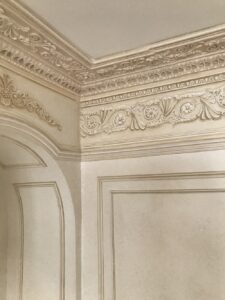
As a muralist and trompe l’oeil artist I have successfully completed many commissions in London and internationally with this sort of remit. This gave me the confidence to guarantee that it would be almost impossible to tell the difference between the cornice and the trompe l’oeil relief below it.
The first stage is to present some alternatives to the client and so after carefully measuring the spaces where the work will go taking into account that a house nearly two hundred years old built on the banks of the Thames has moved and no two walls are exactly the same.
An important part of all mural and trompe l’oeil work is to source the potential artwork correctly. In this case:
- I needed to find something which was the correct period that went well with the two existing cornices.
- I also wanted to make it original to the house, and it needed to lend itself to being painted in Trompe L’oeil.
- Having found some references these were shortlisted and sent to the clients.
- I then made several scaled sketches which needed tweaking and then used tracing paper to make templates that we used to get the information onto the walls as a base for the trompe l’oeil.
The Bottom Line
The walls of the room had been already painted in faux finishes and after the several hundred metres of wooden moulding had been put up it had to be artistically painted with highlights.





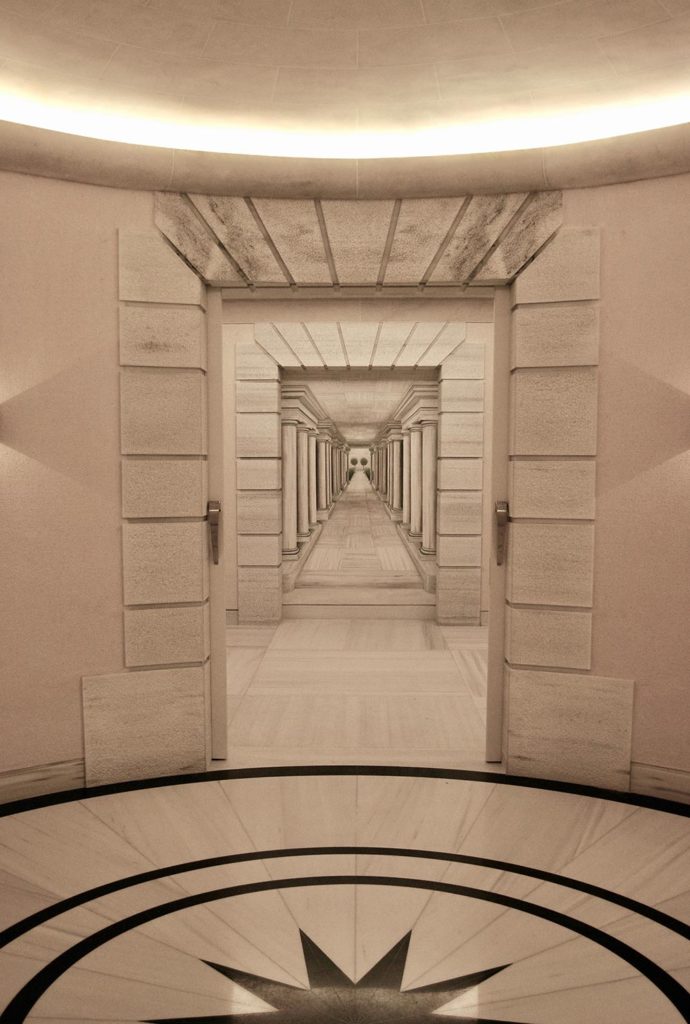
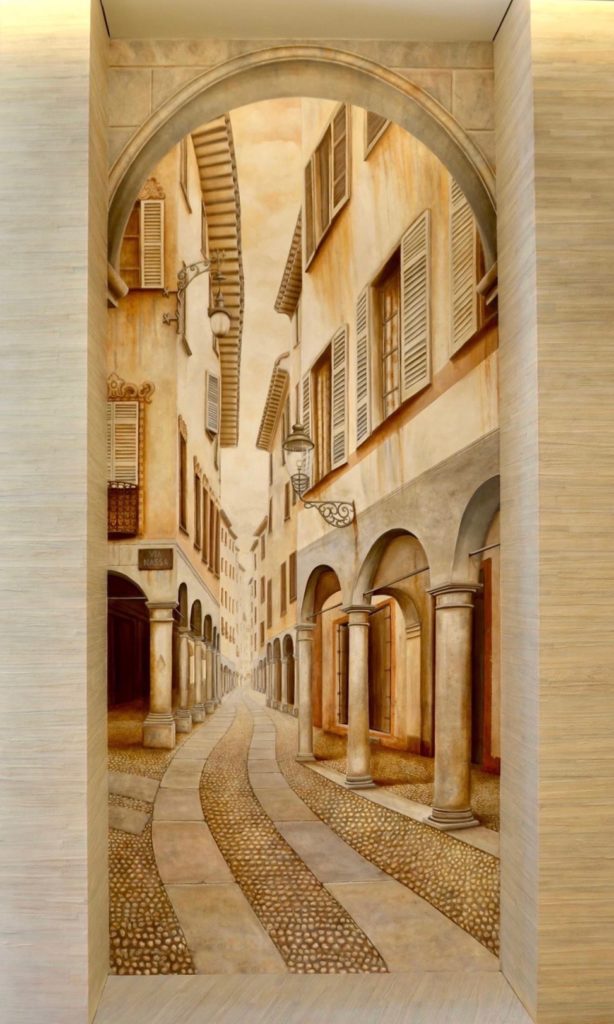
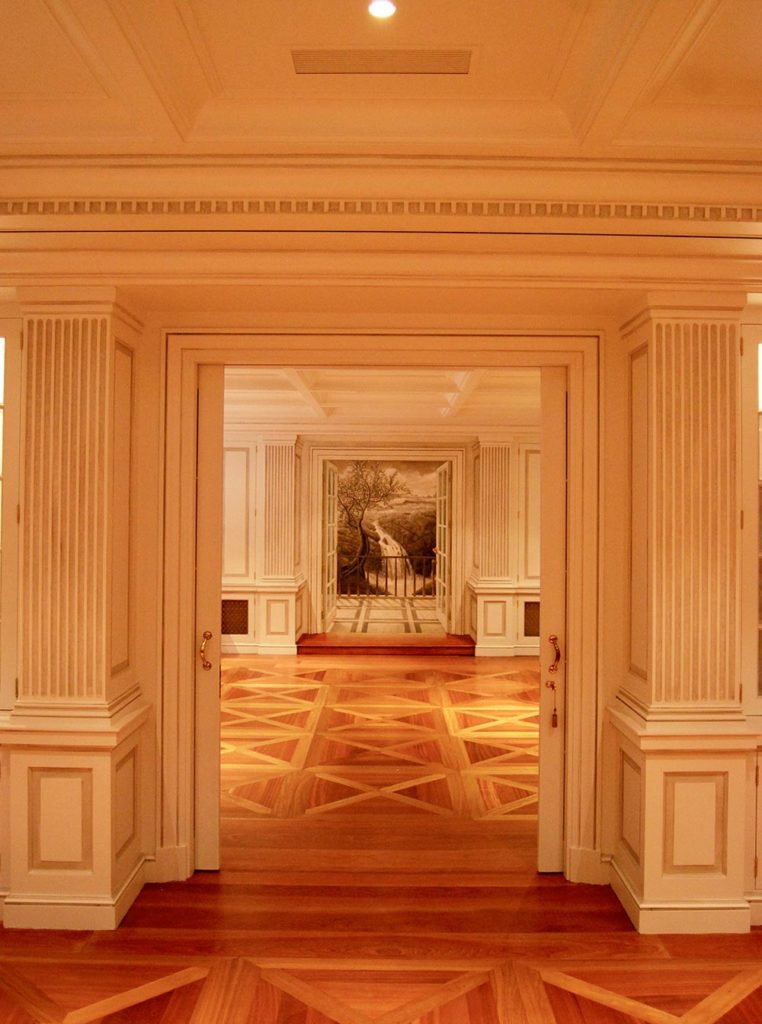


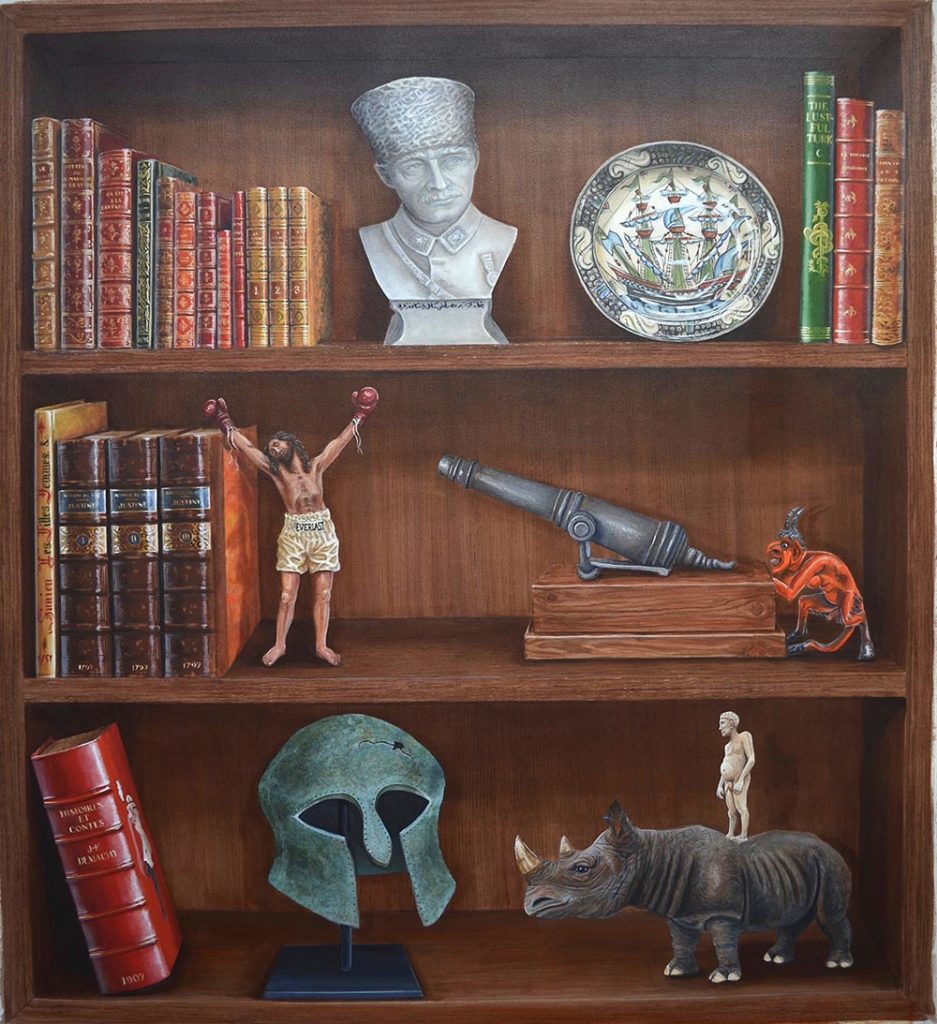
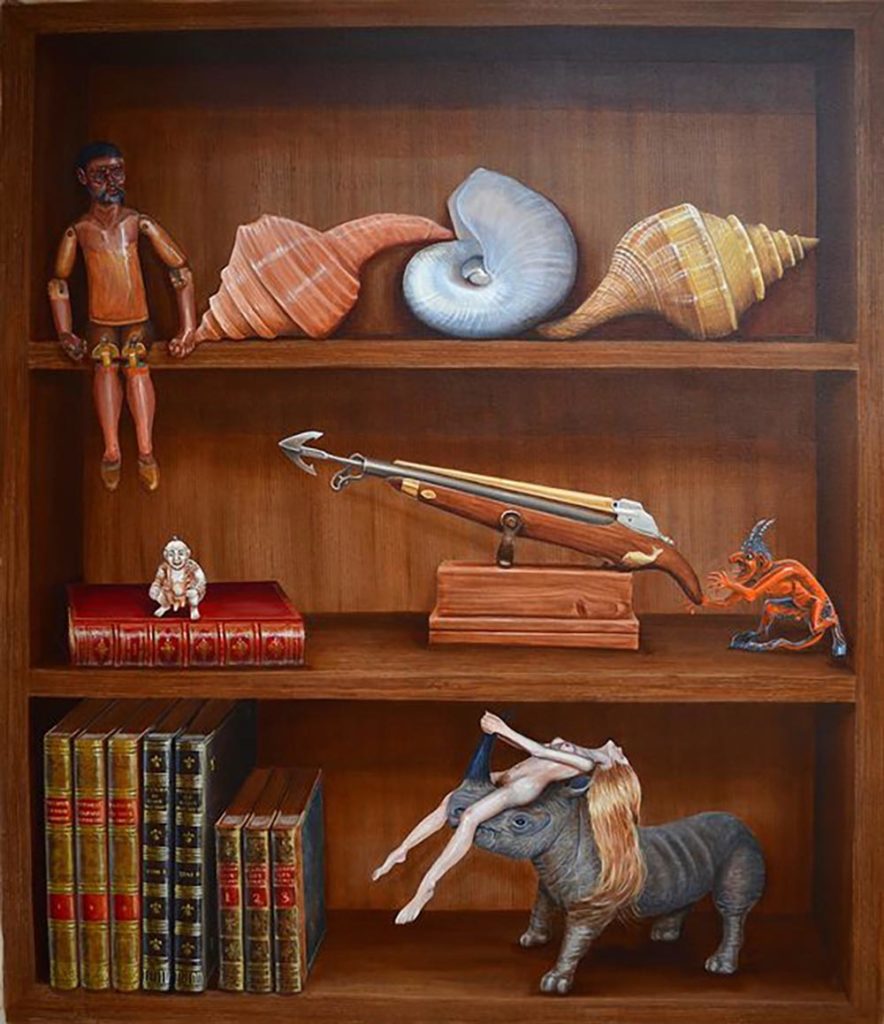

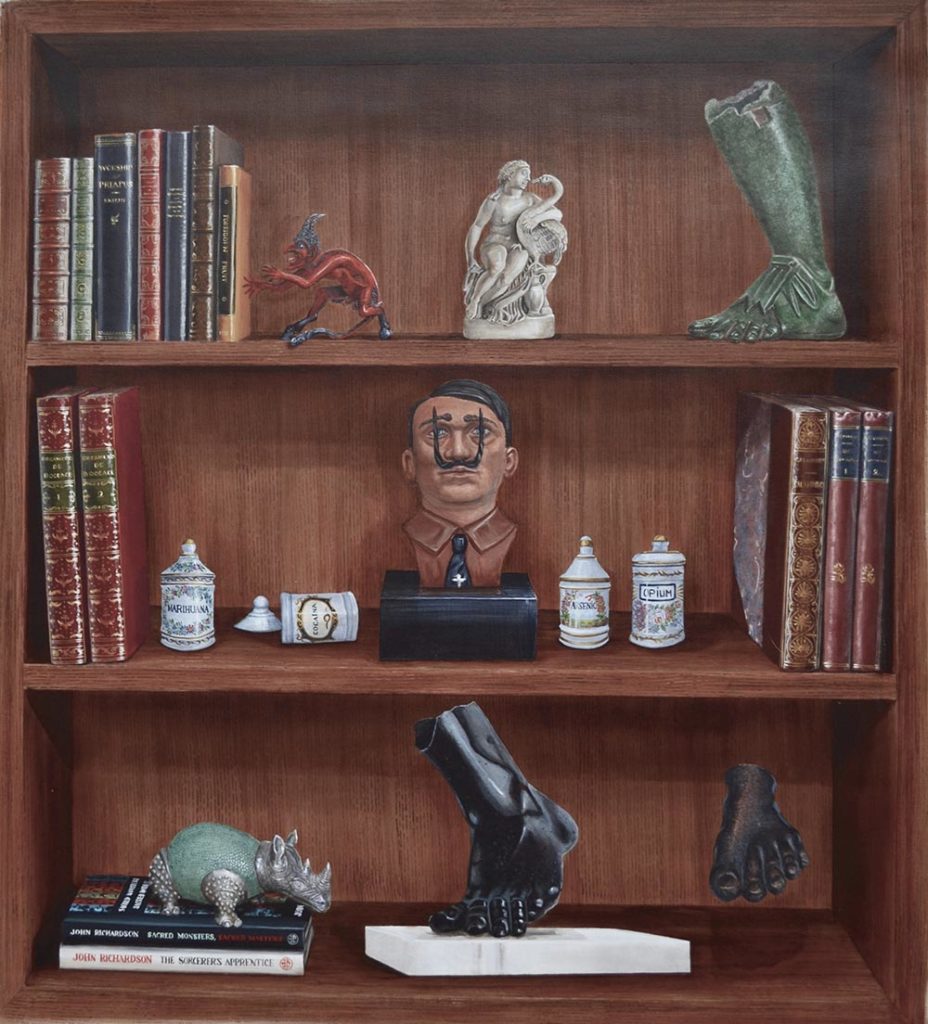
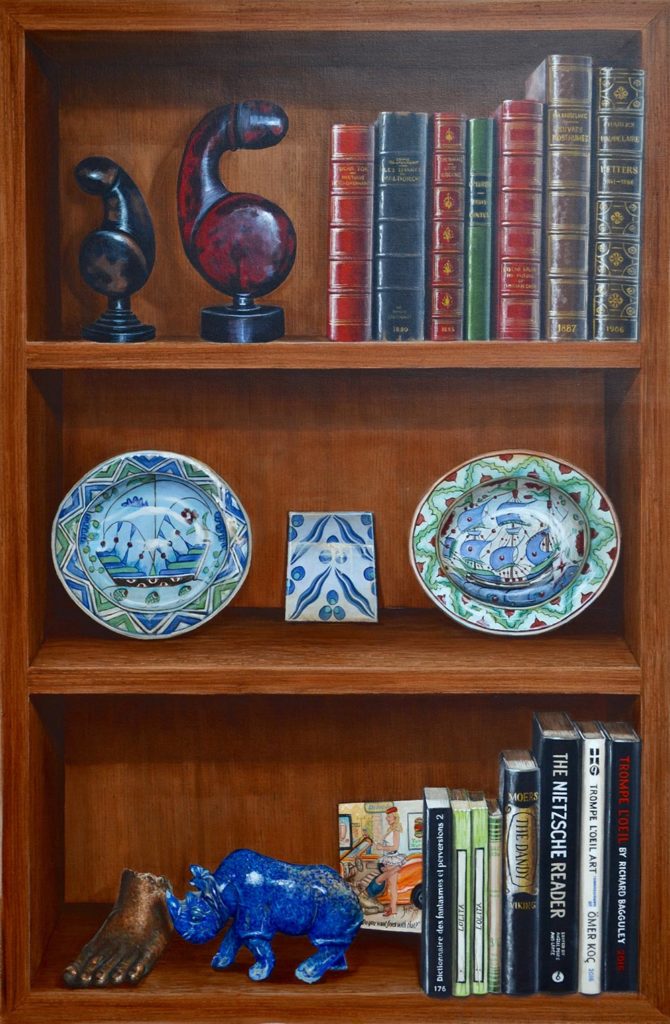
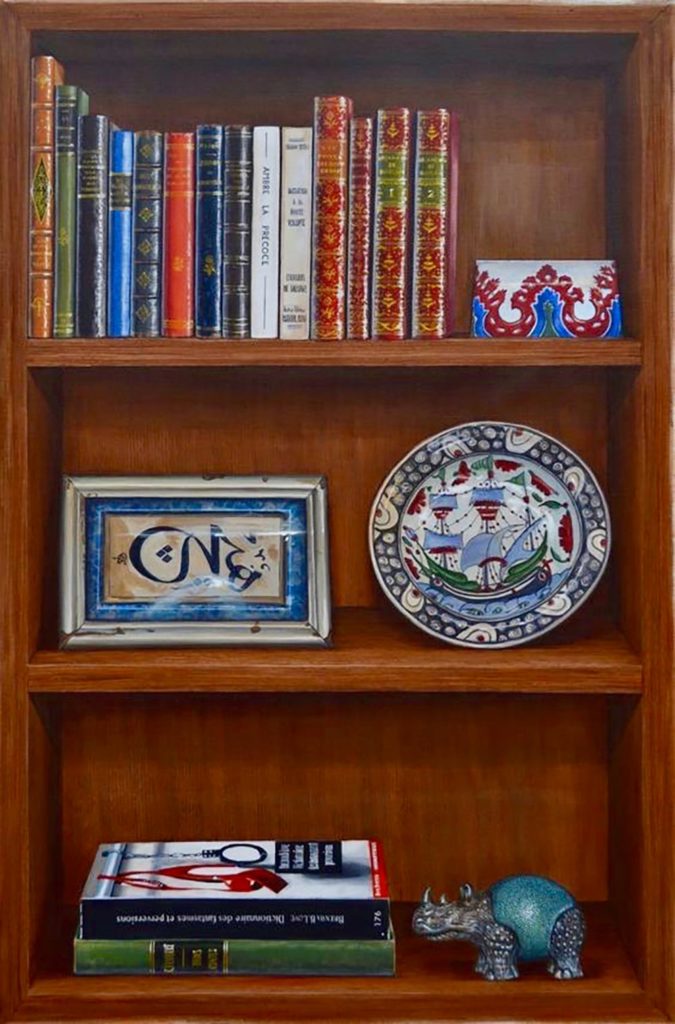

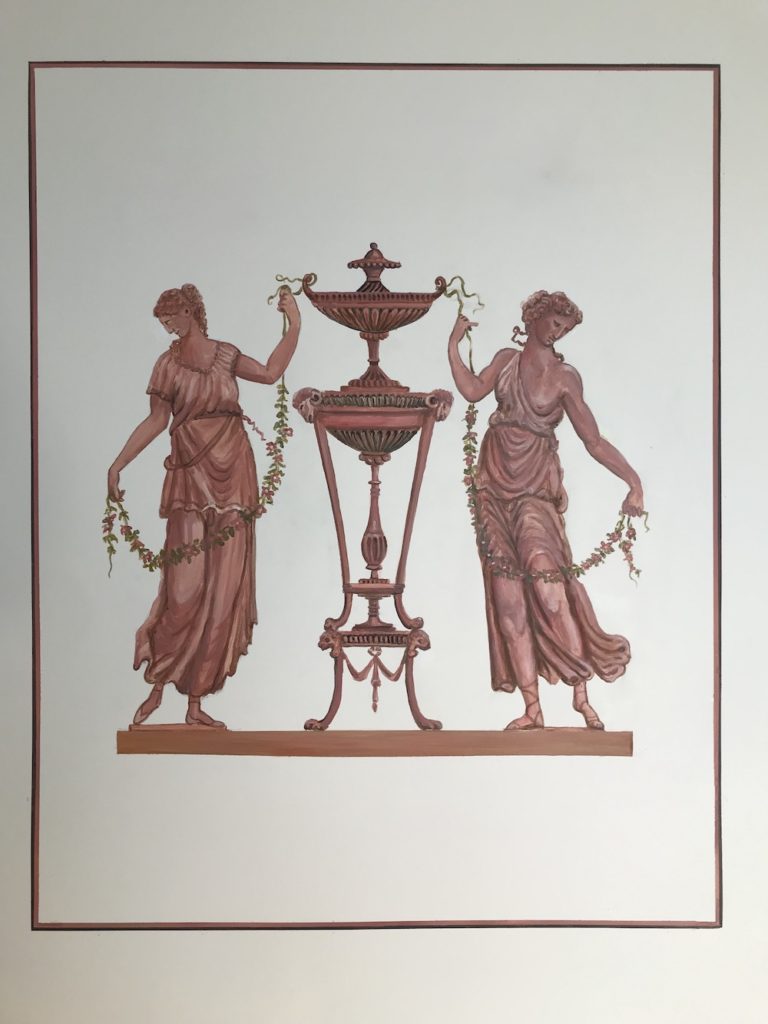
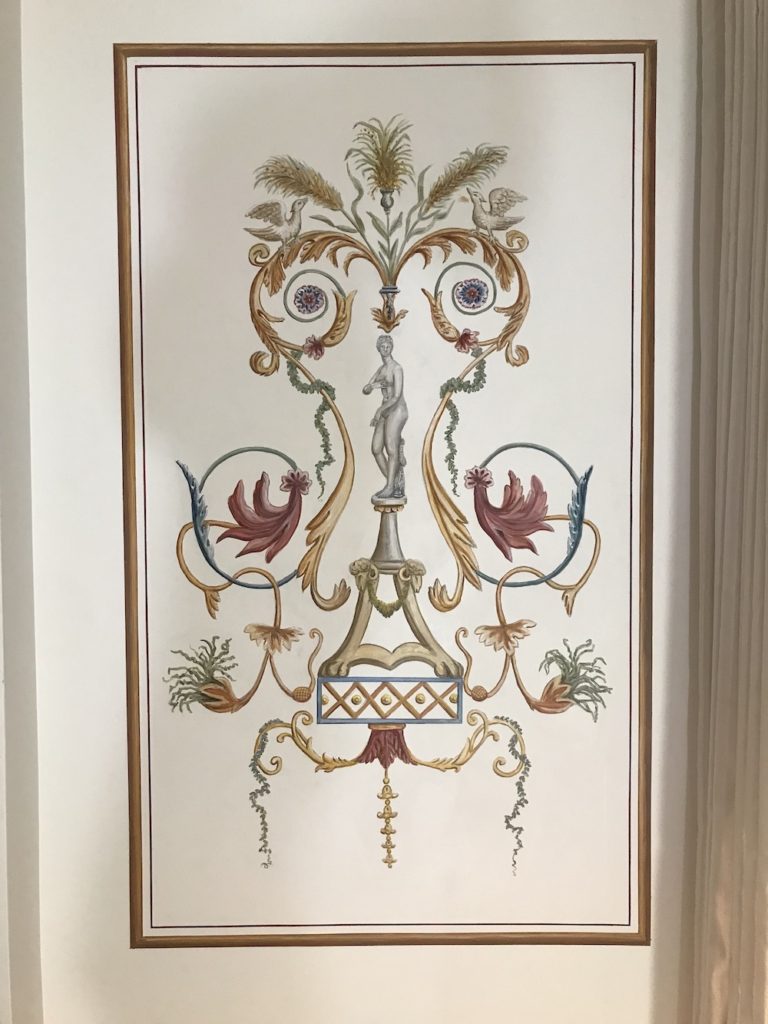

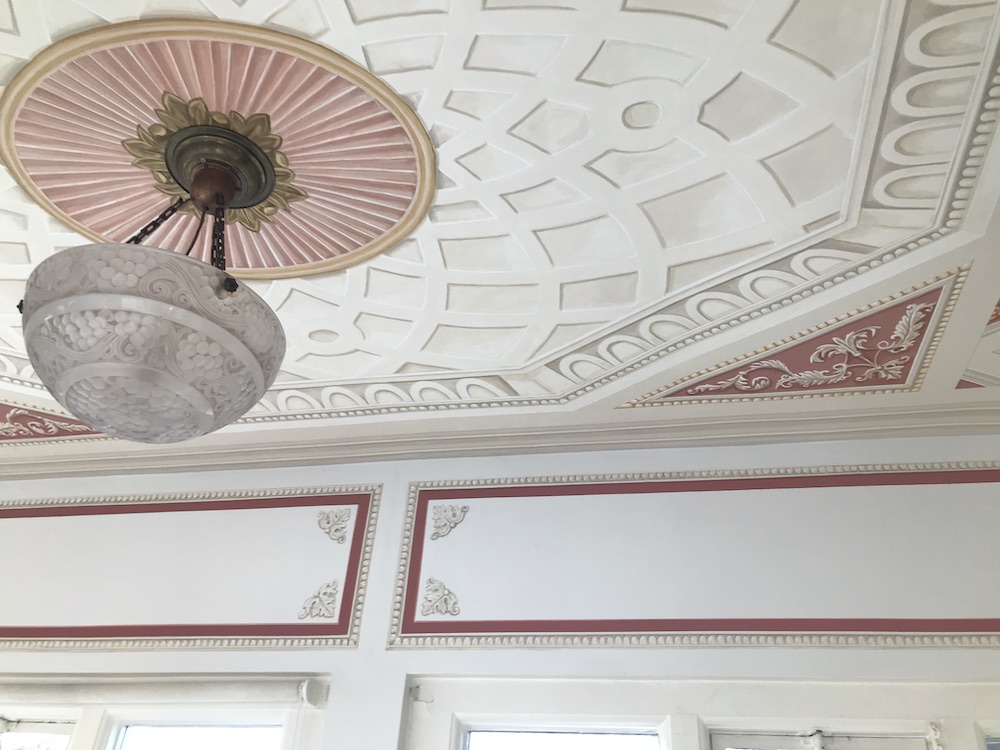
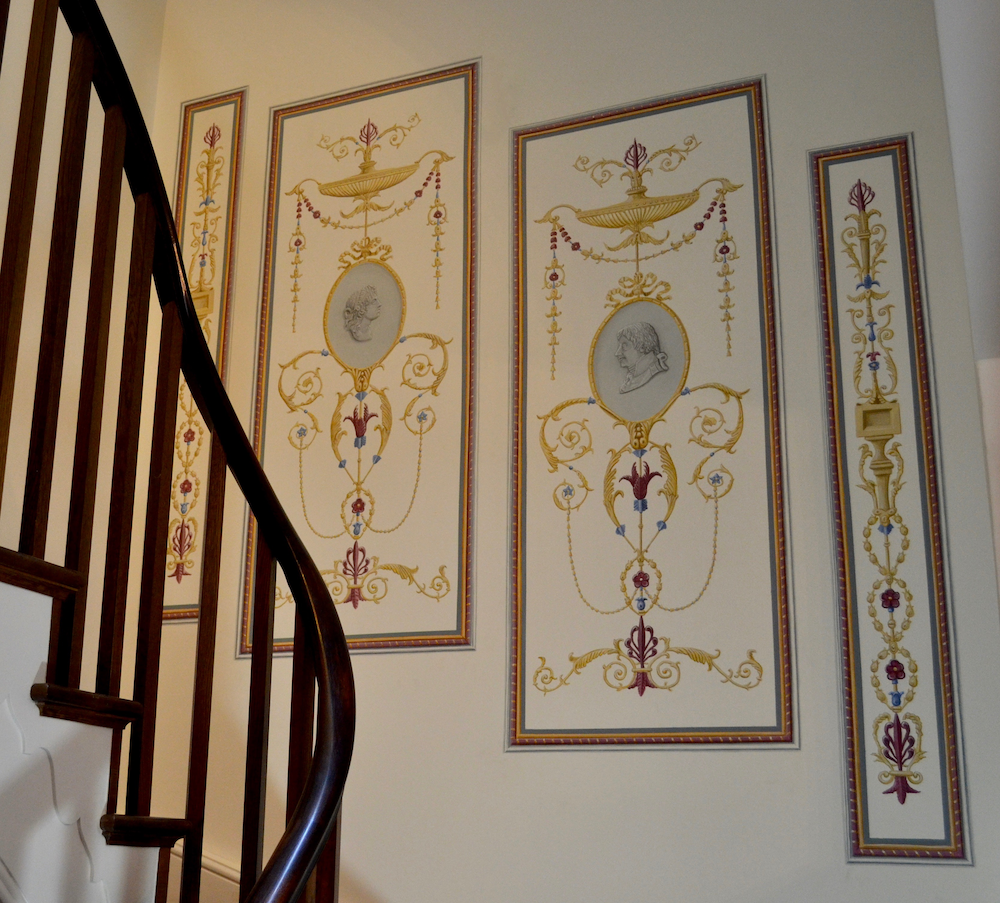
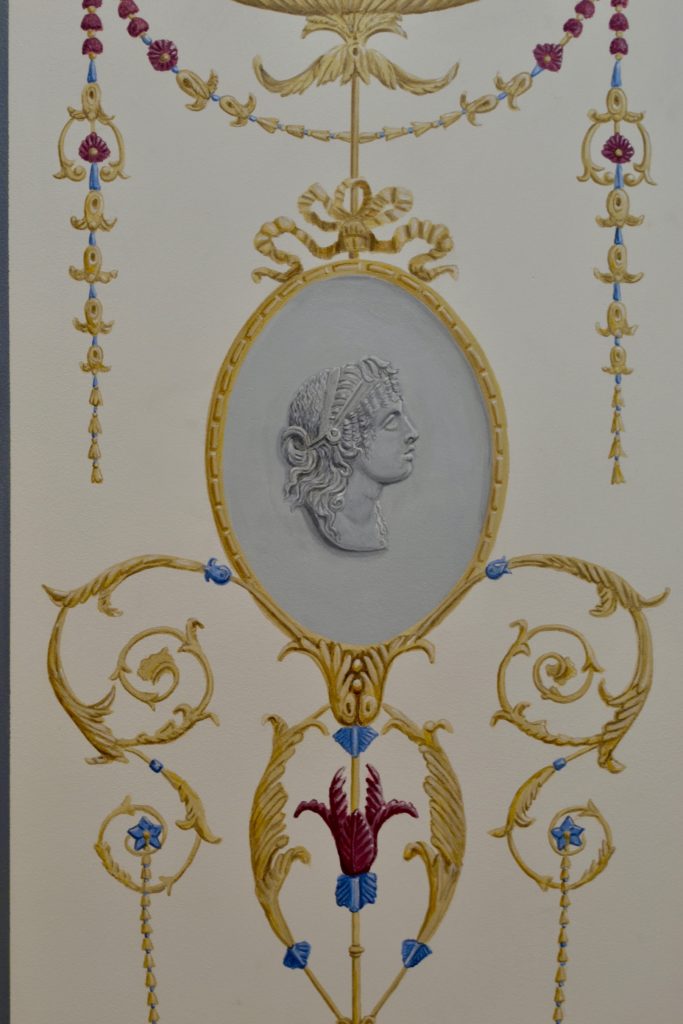
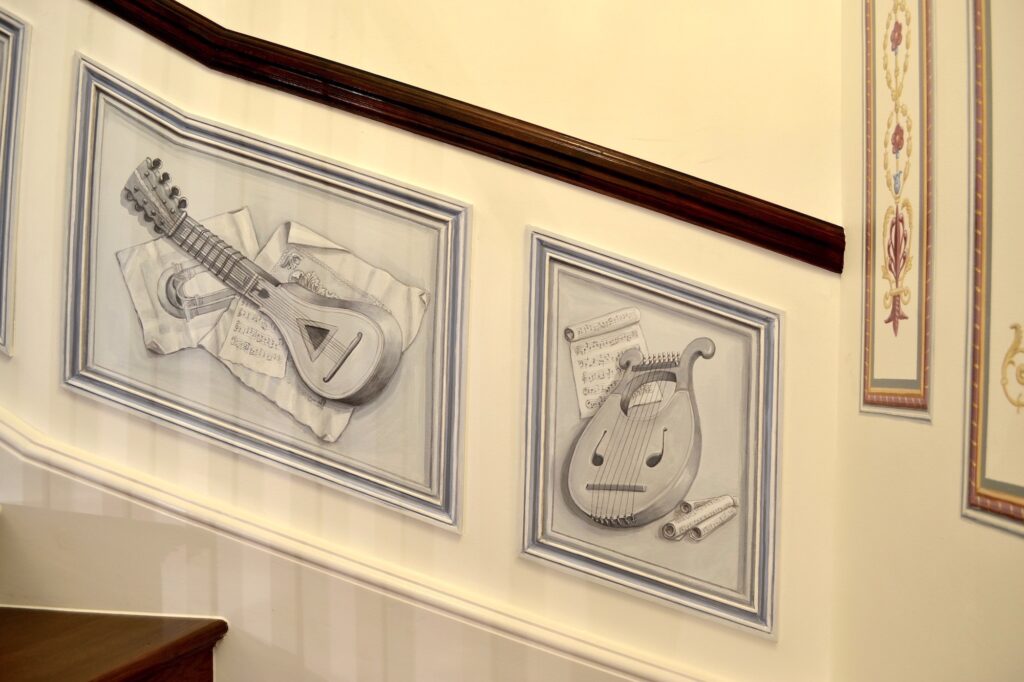
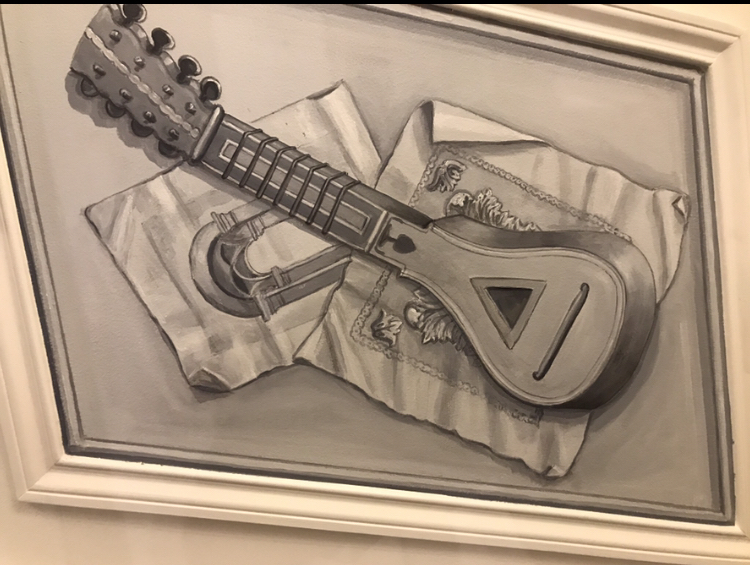
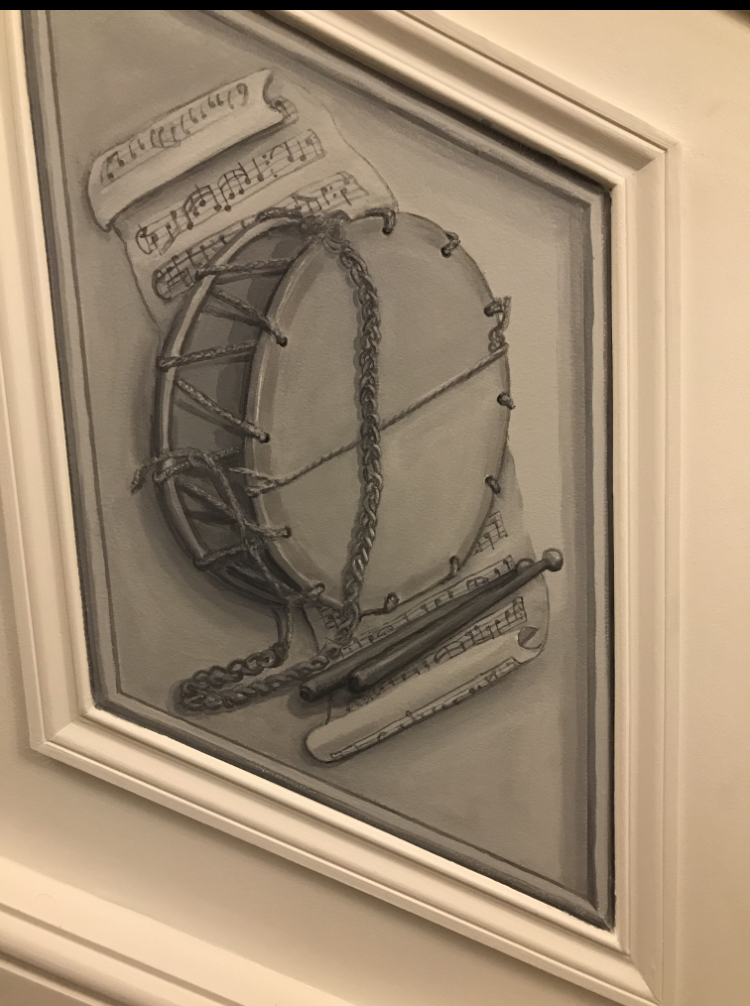
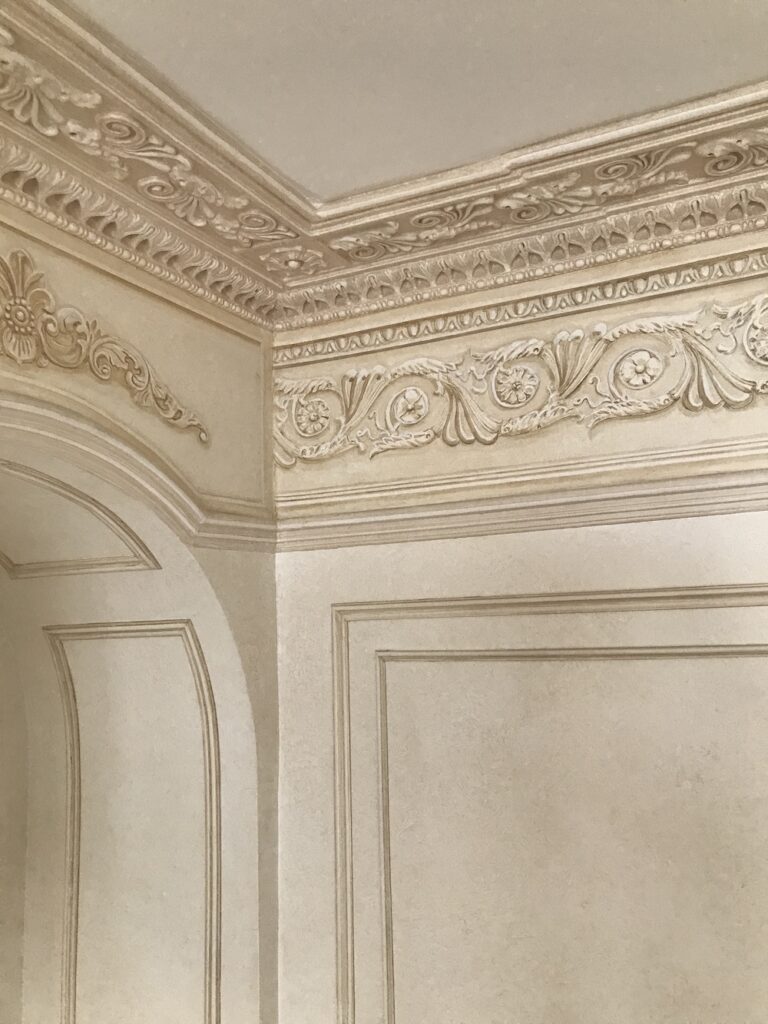
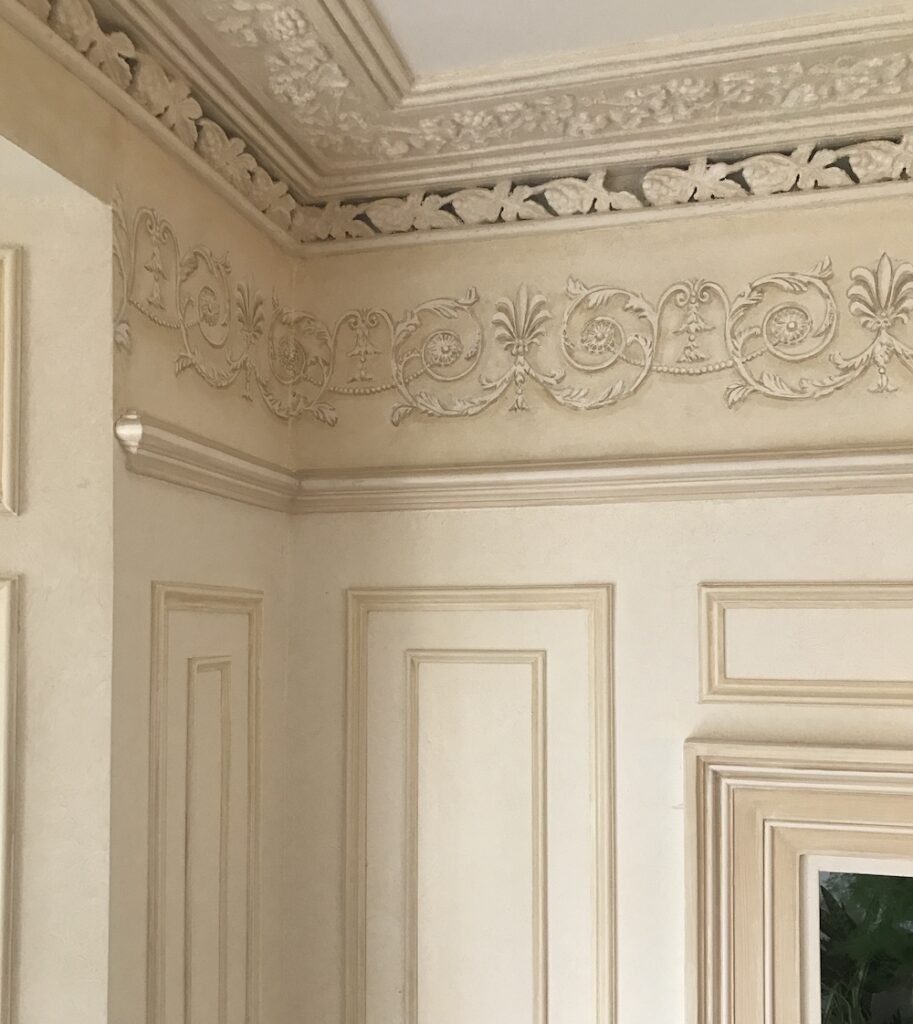
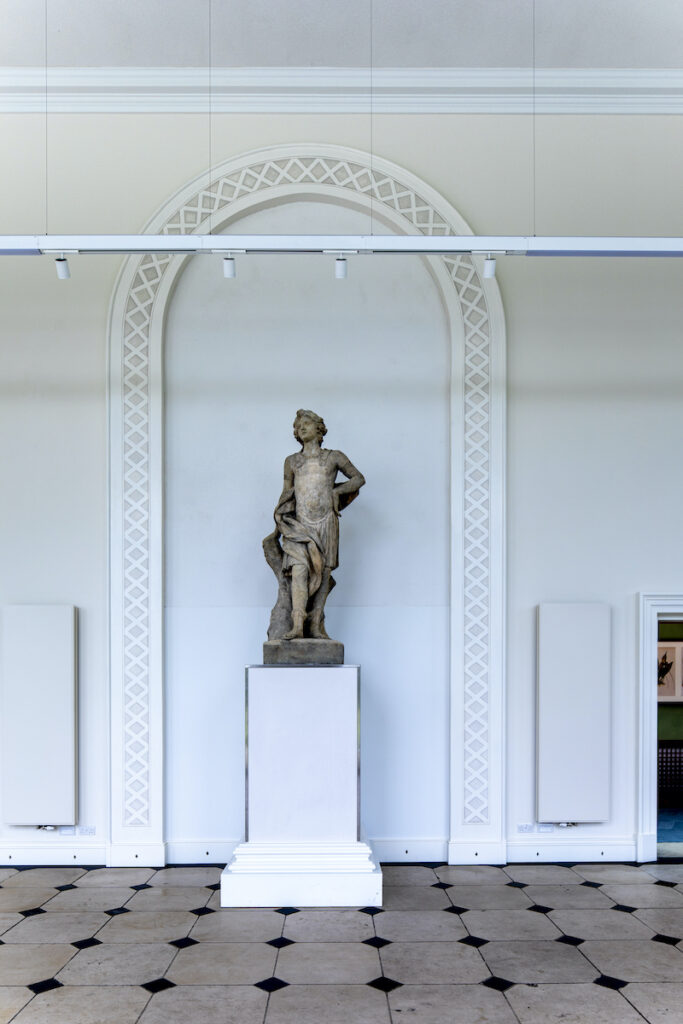
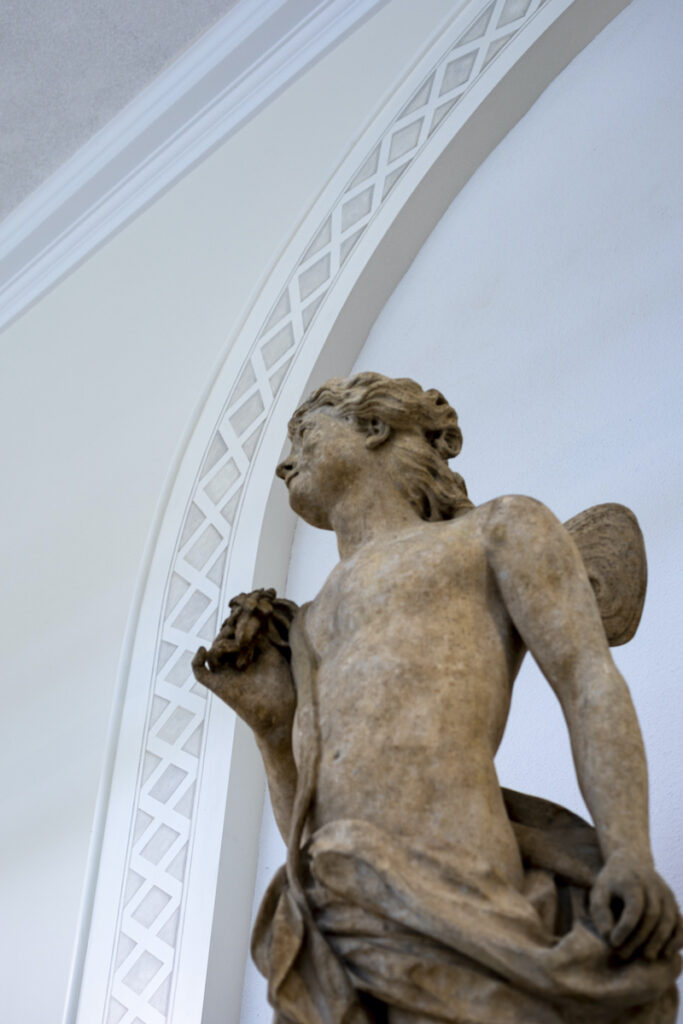
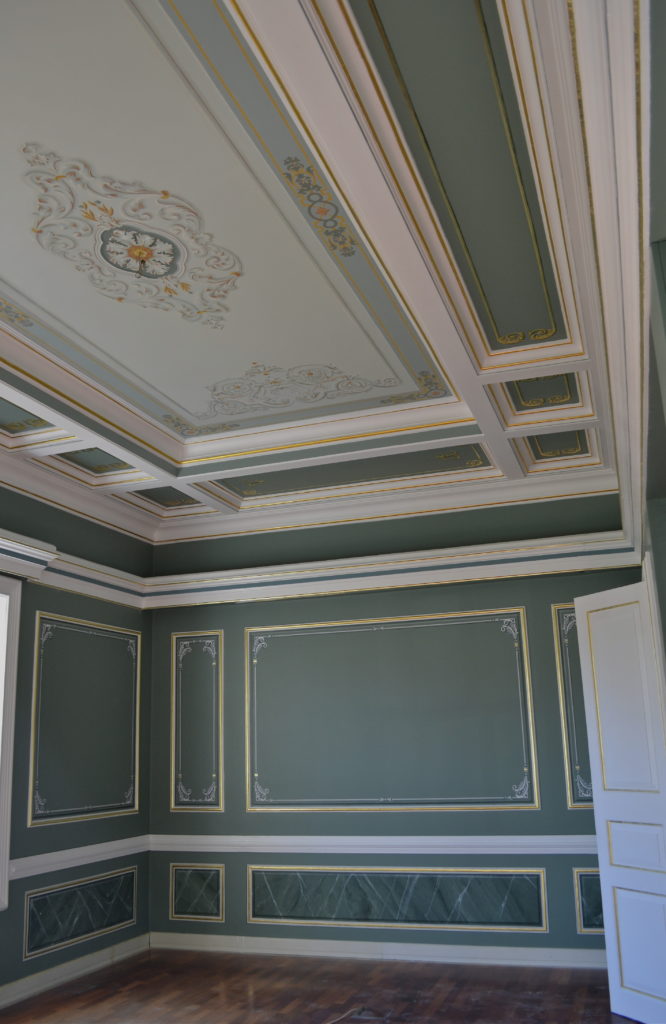

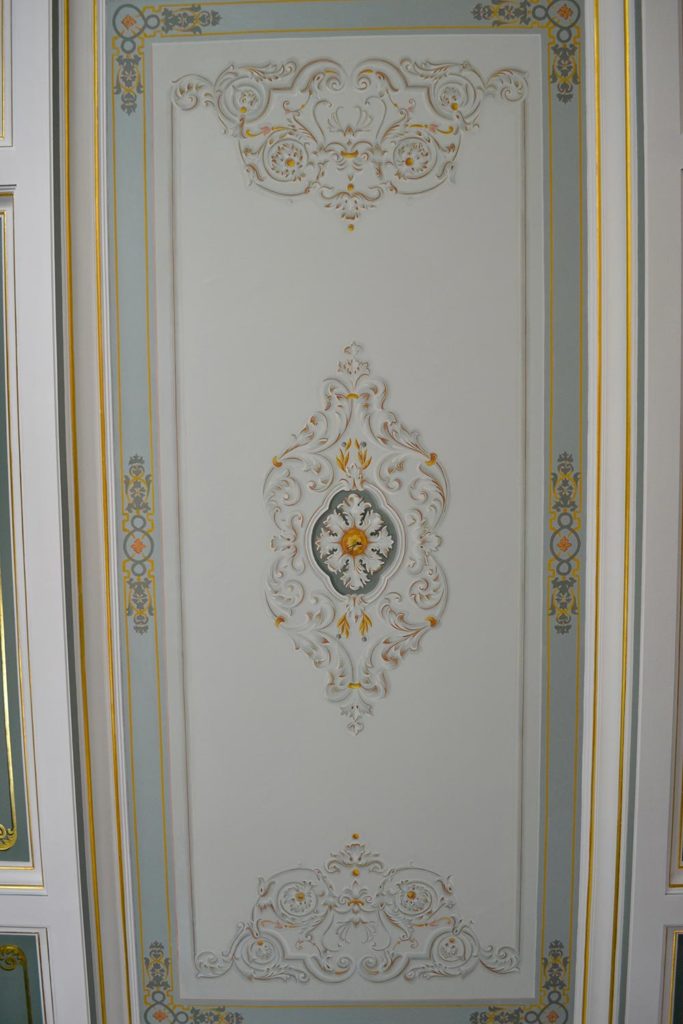
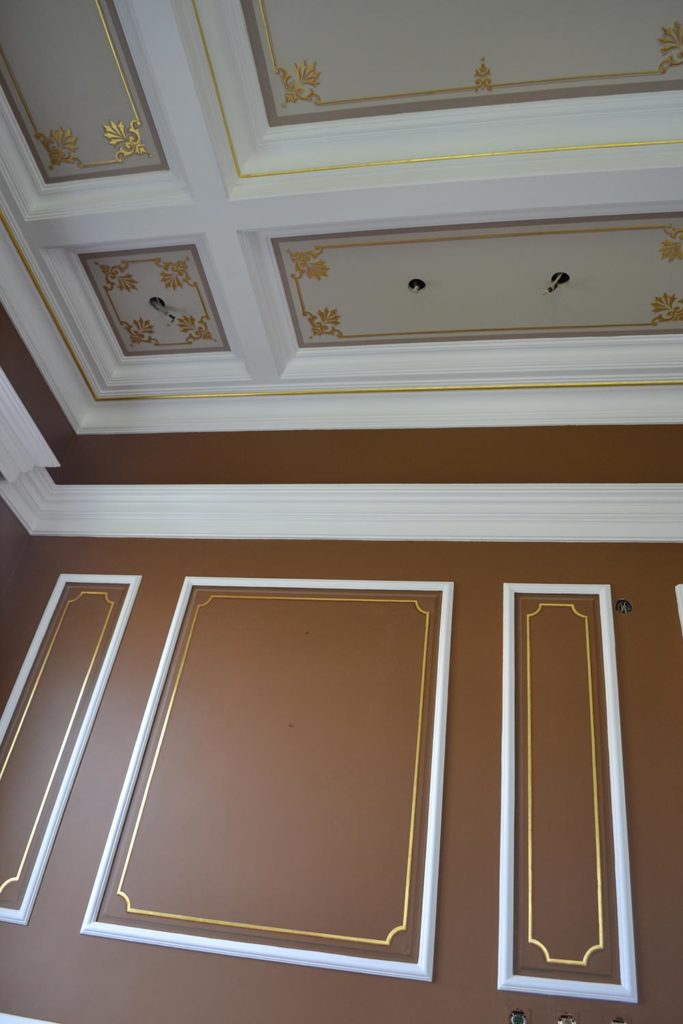
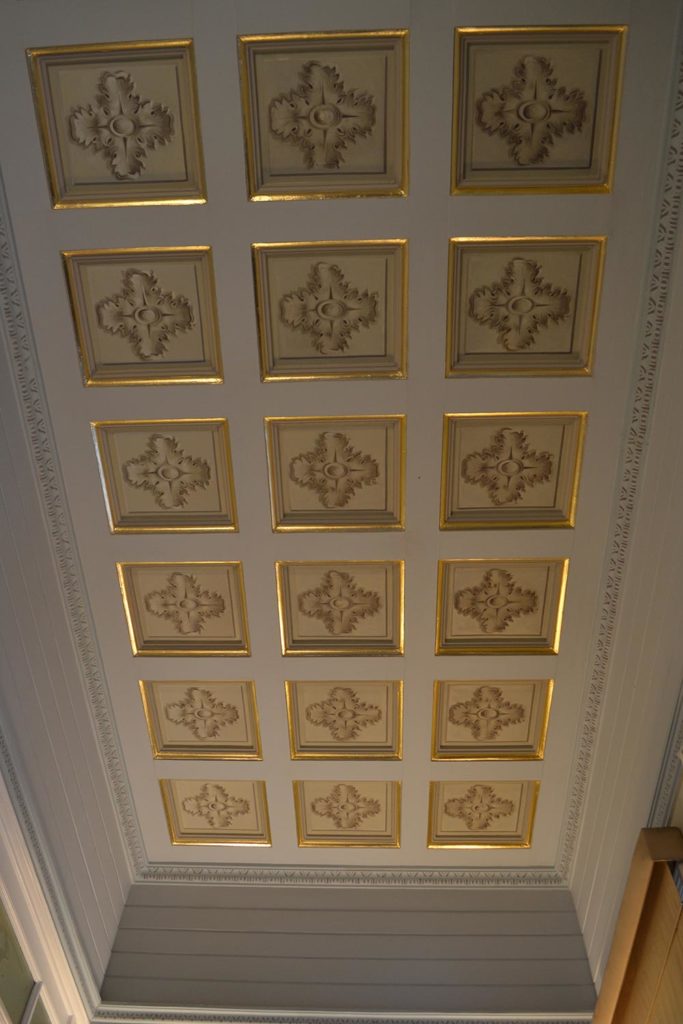
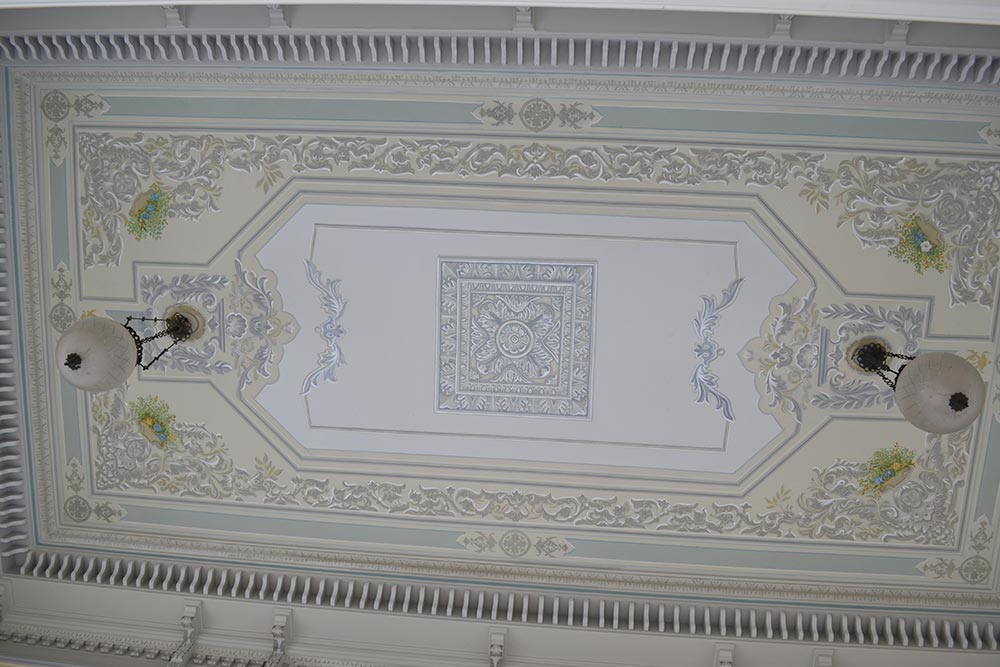
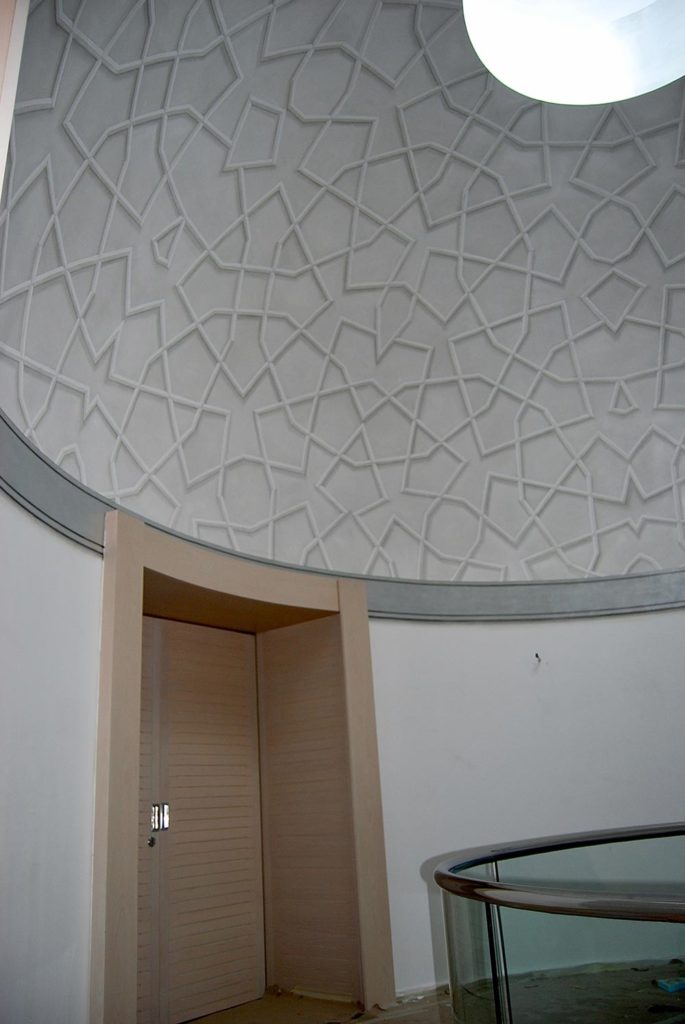
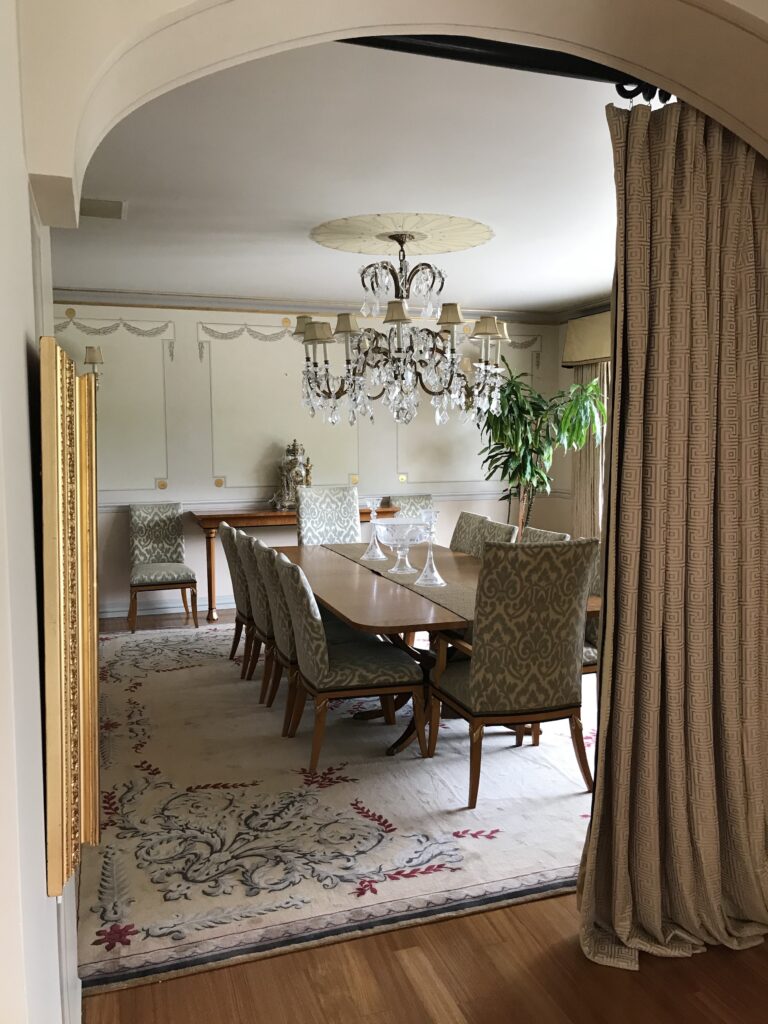
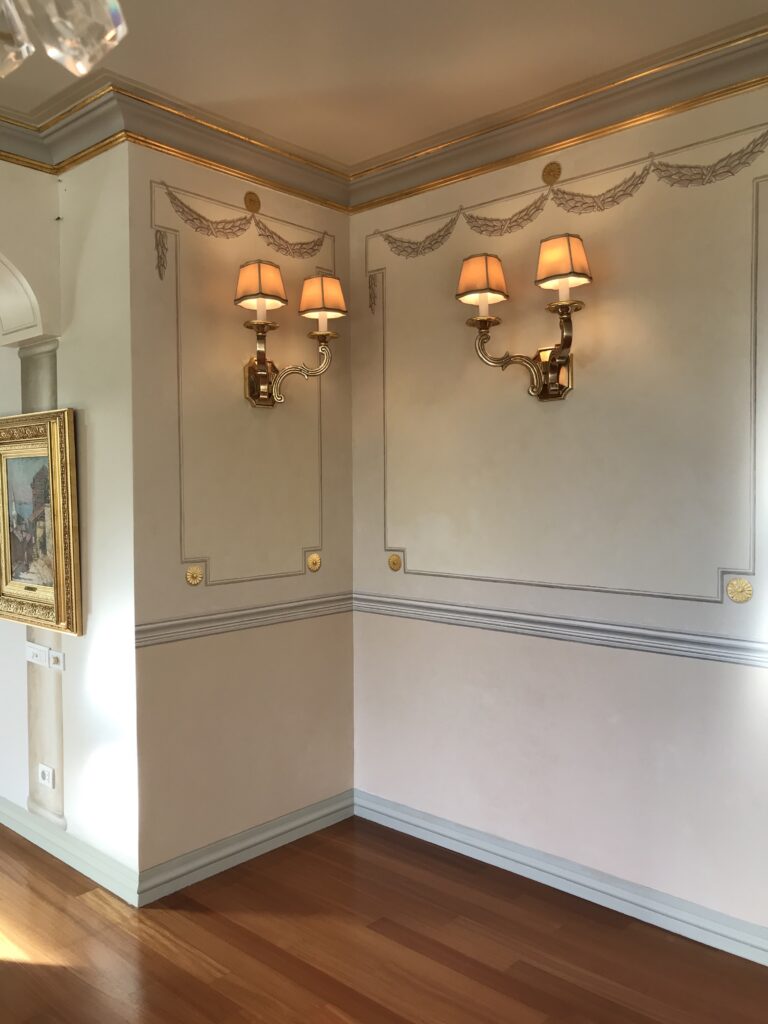
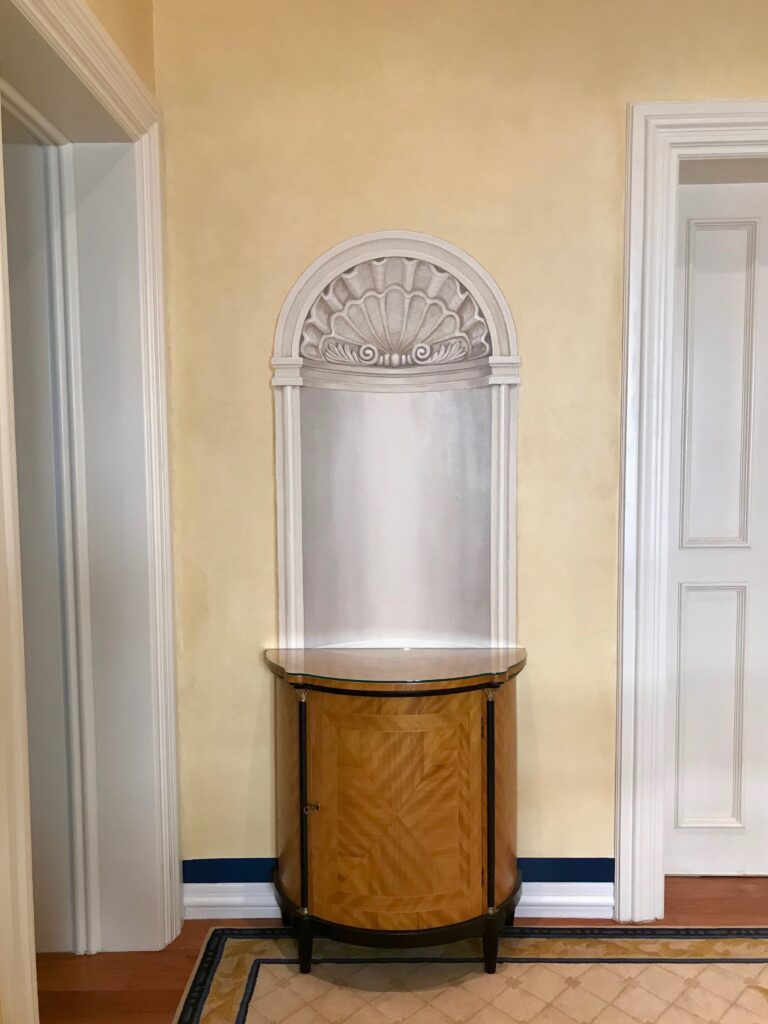
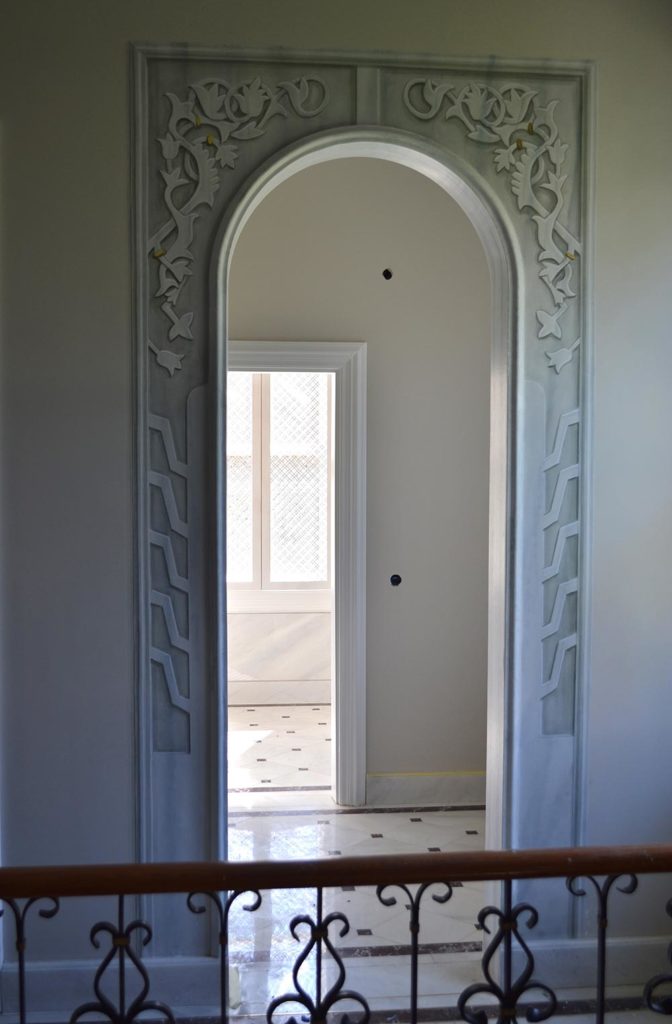






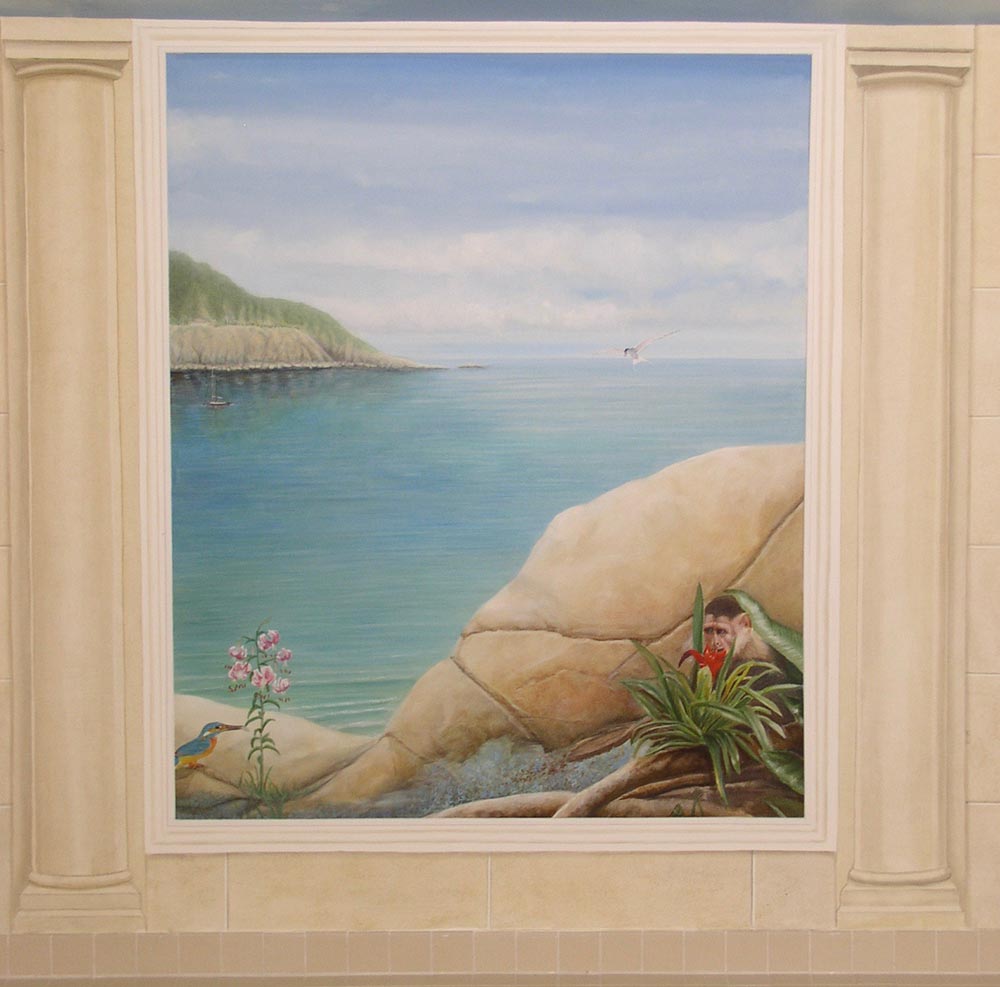
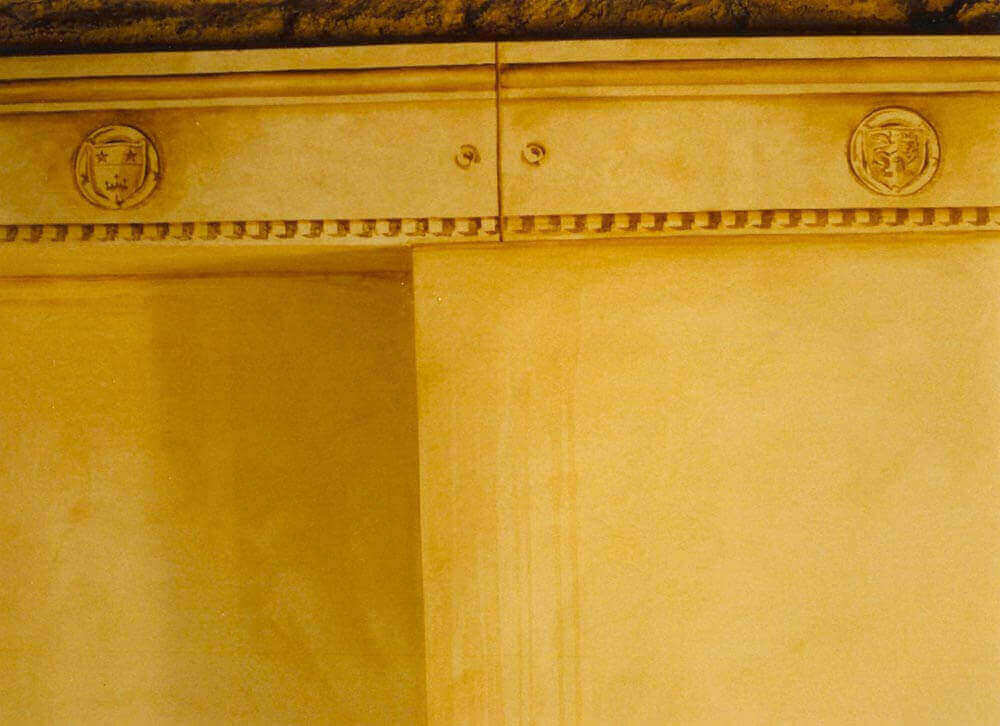
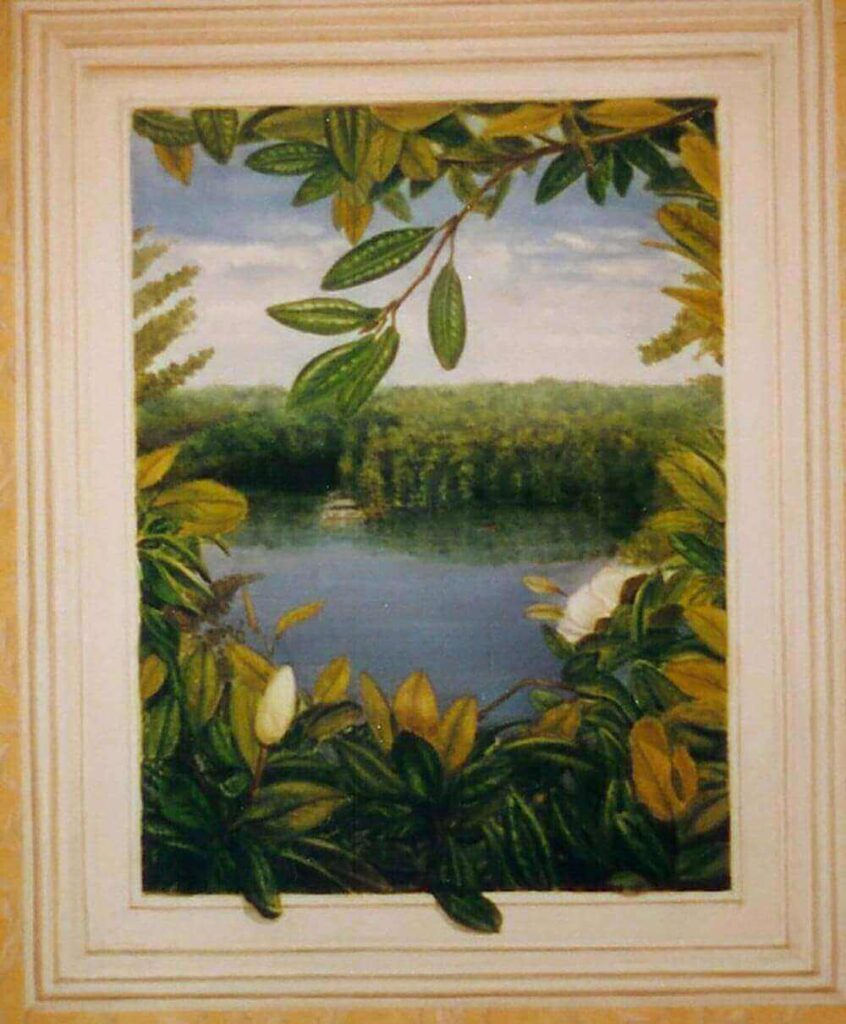
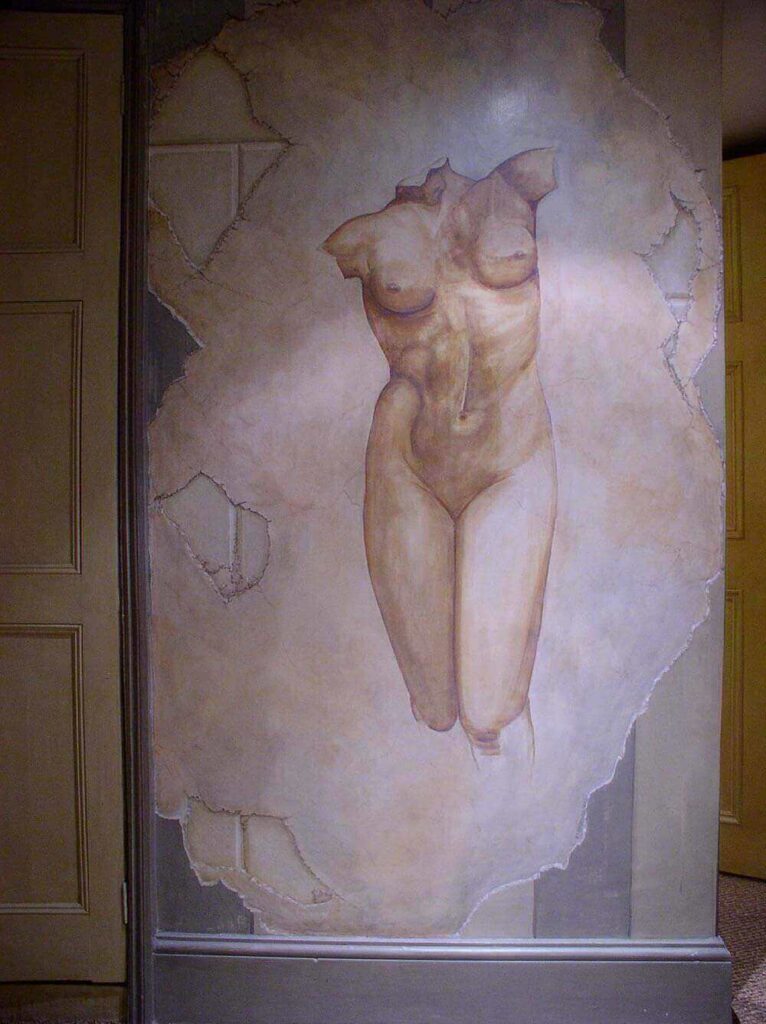
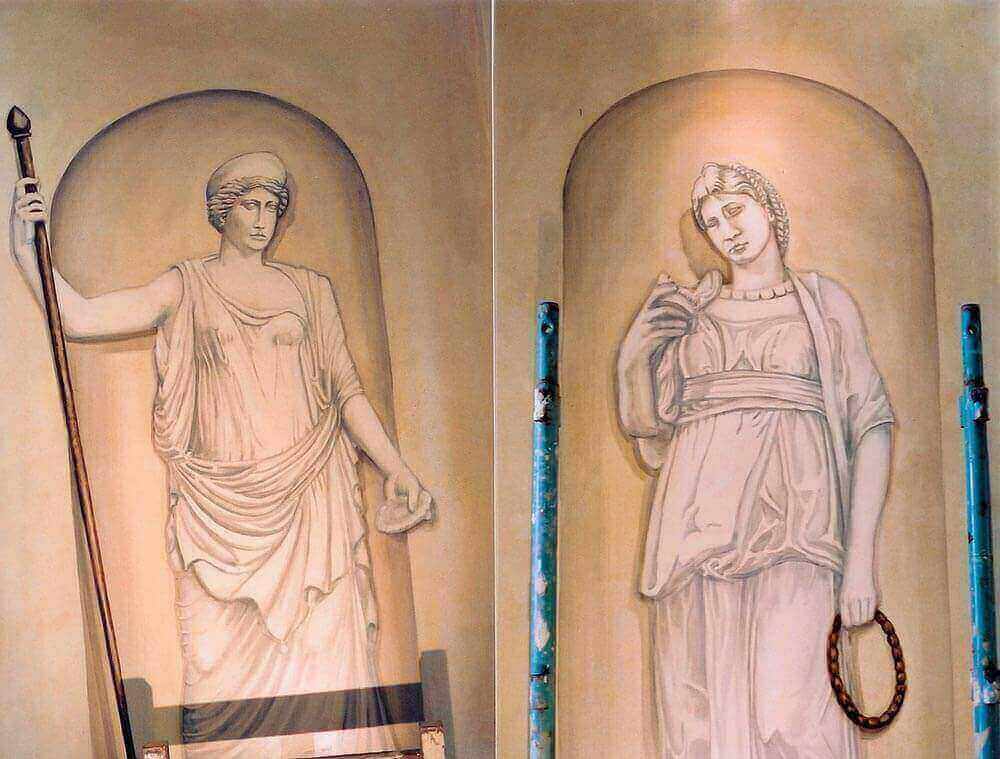
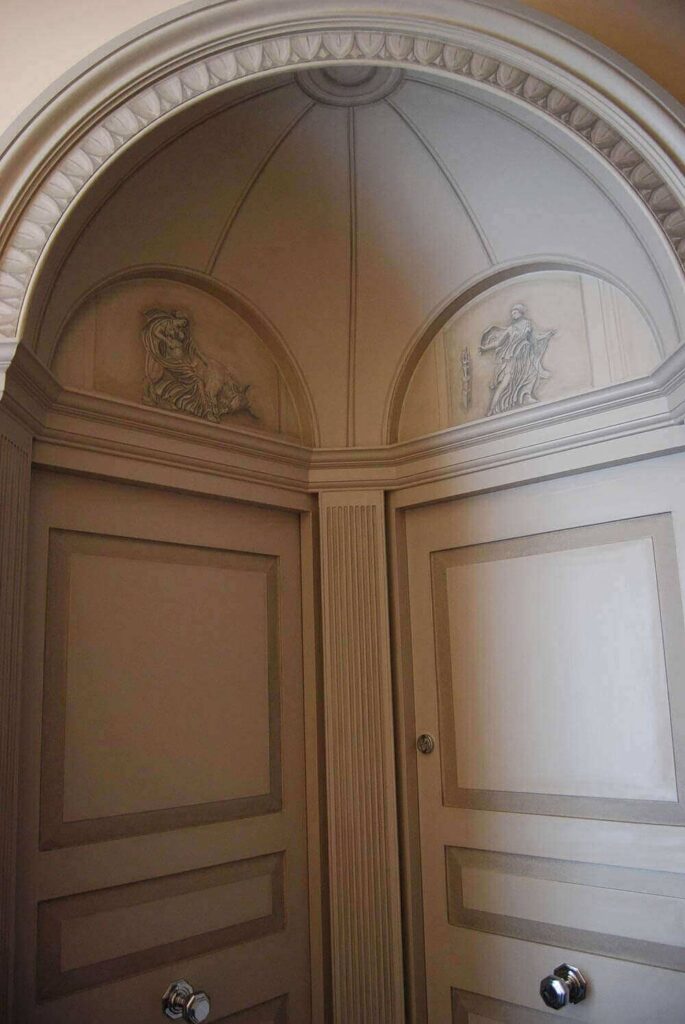
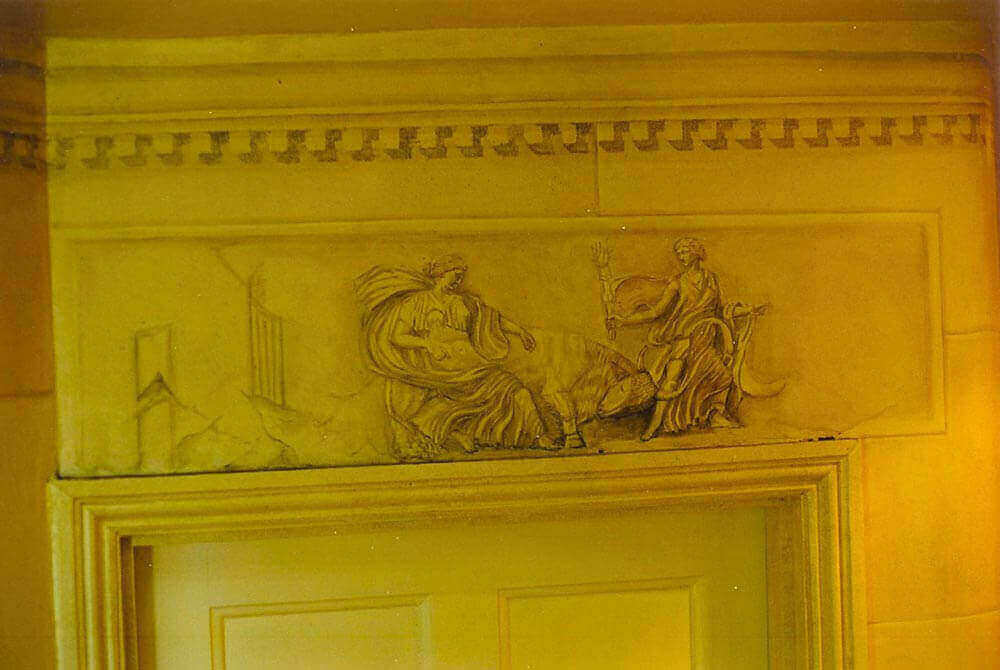
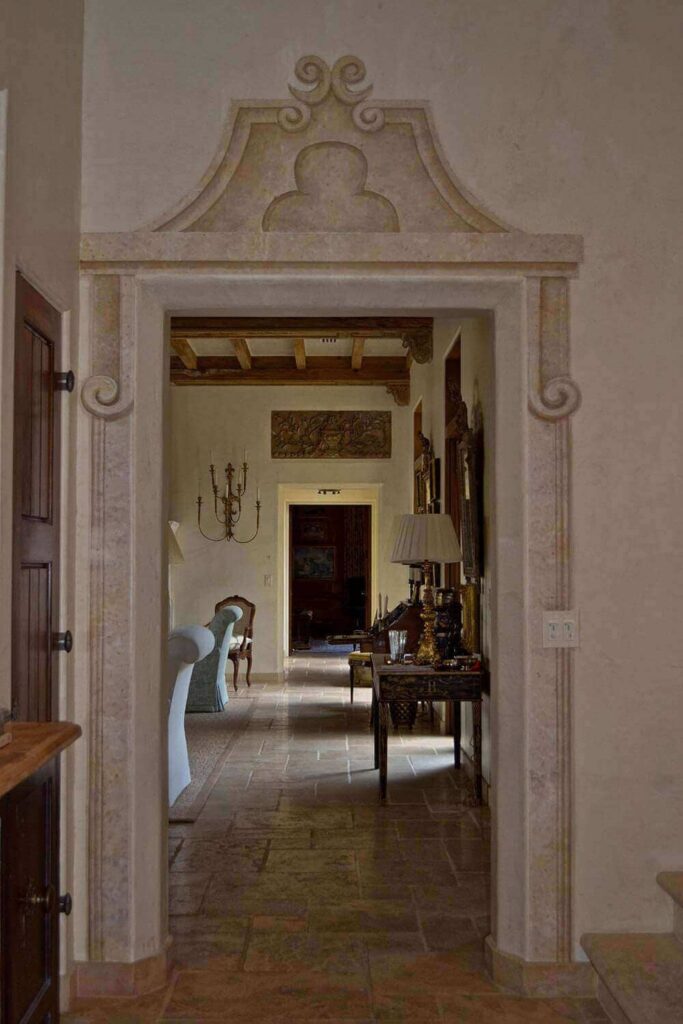
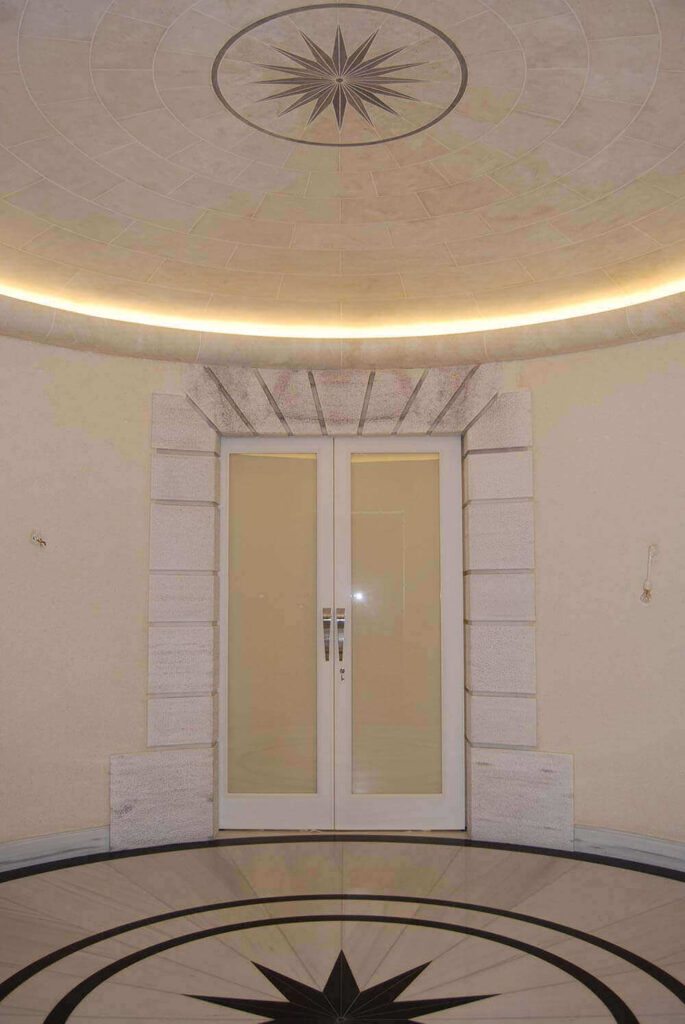
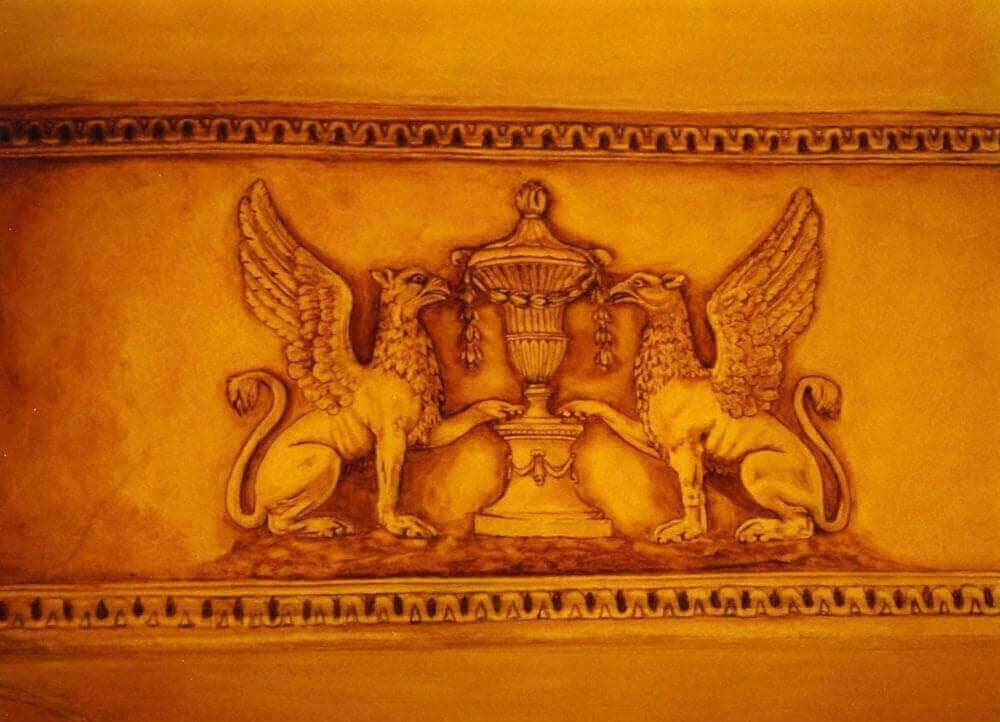
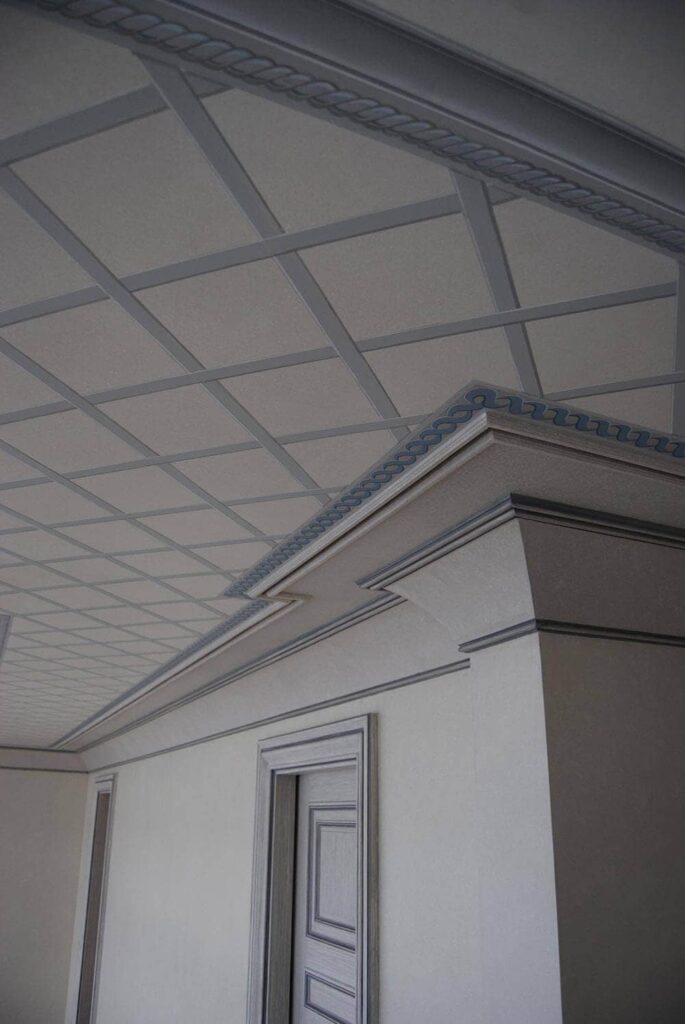
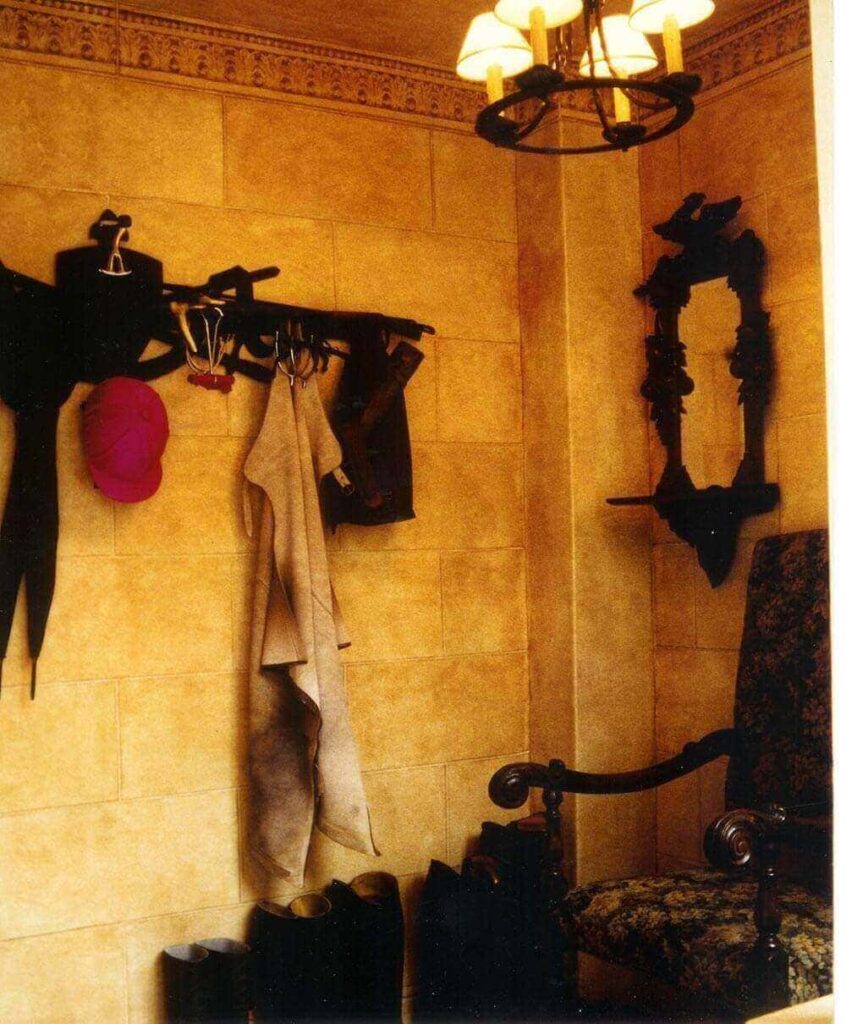
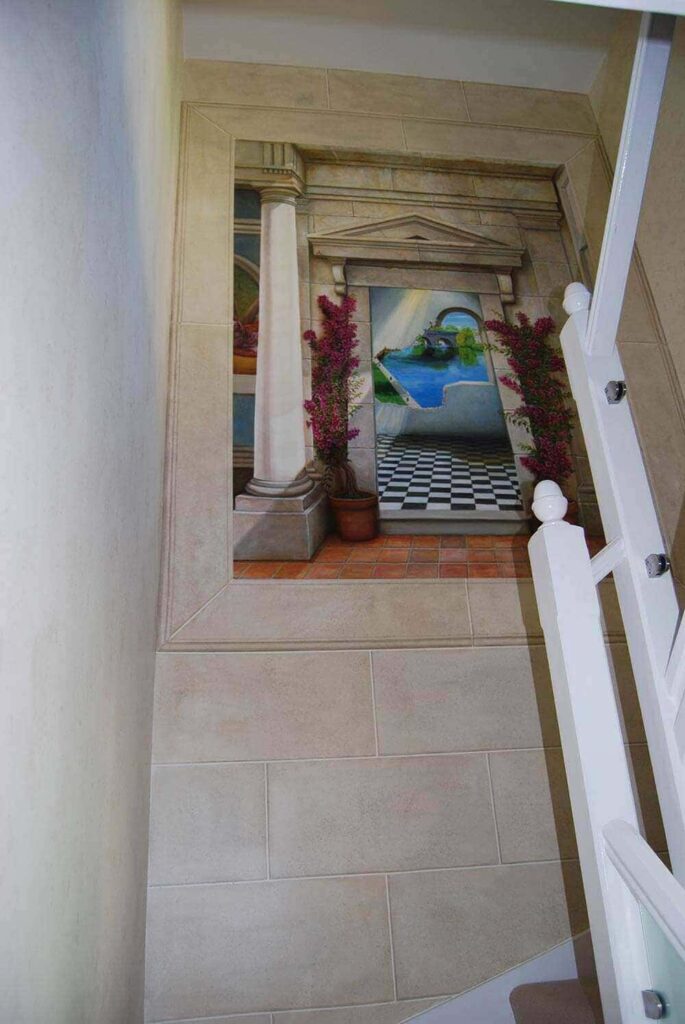
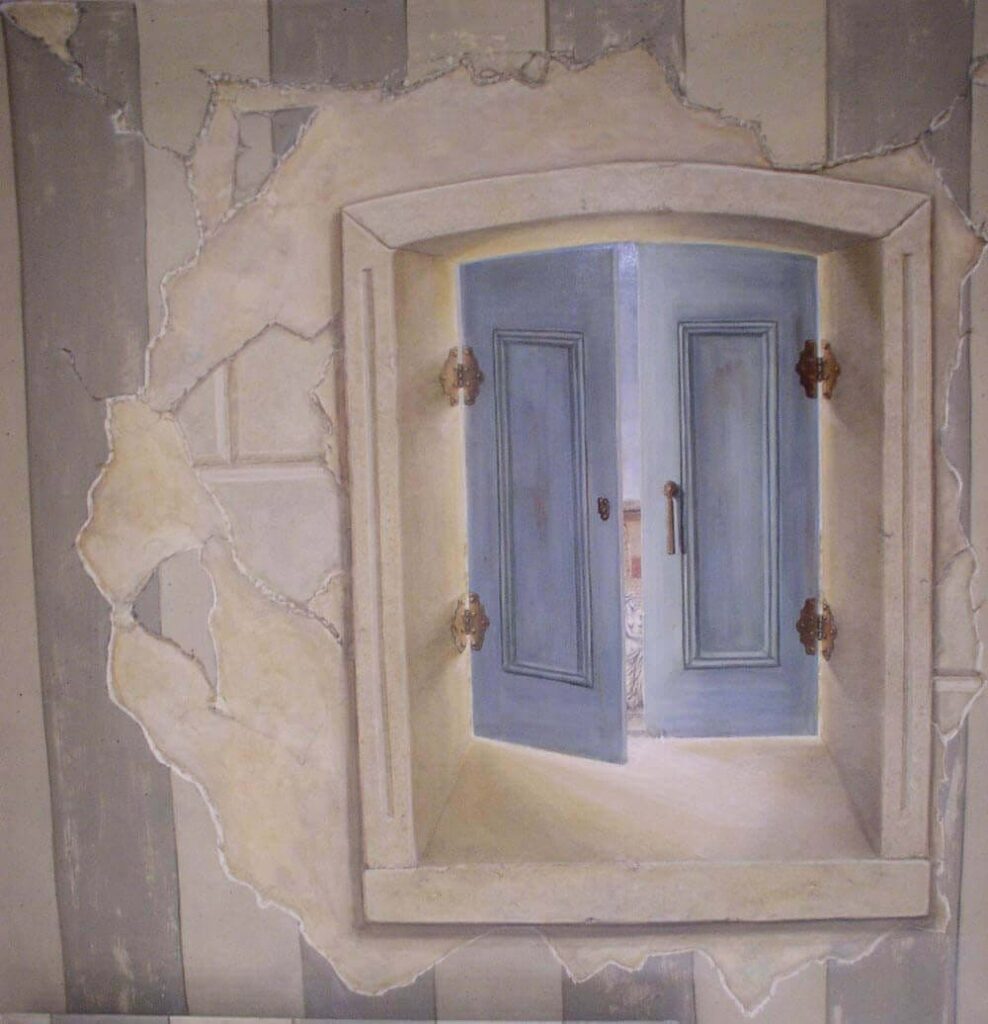
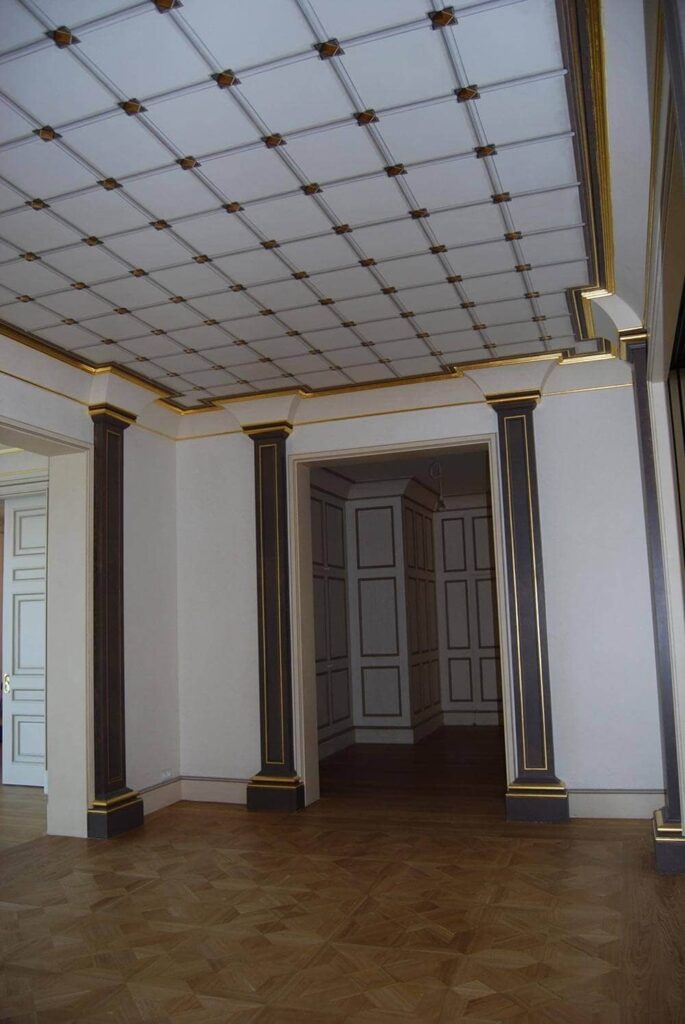
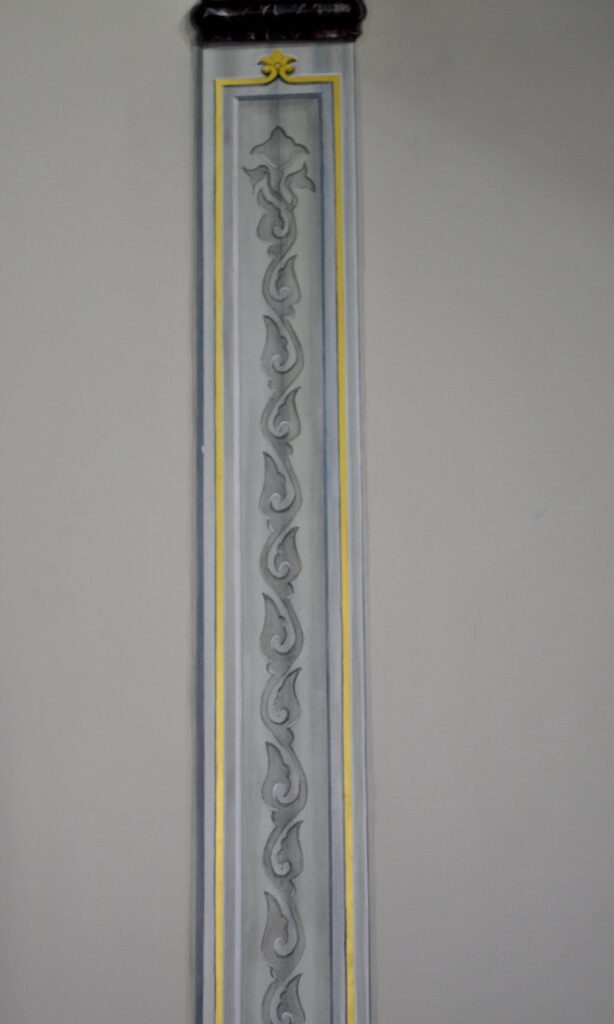
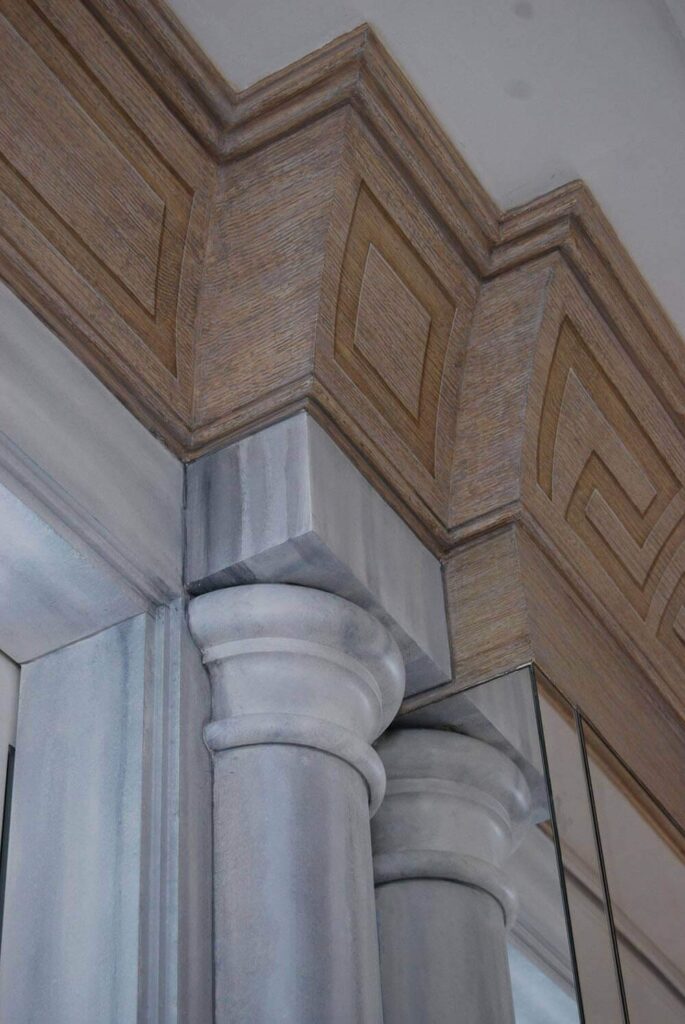

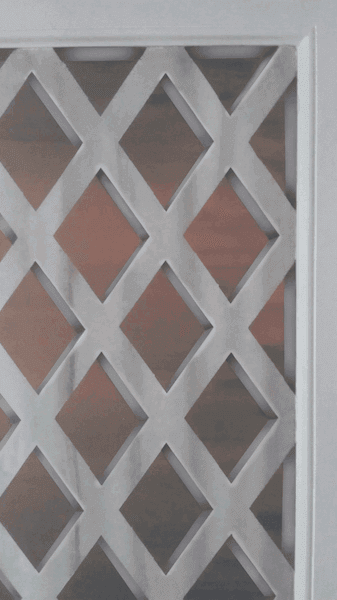
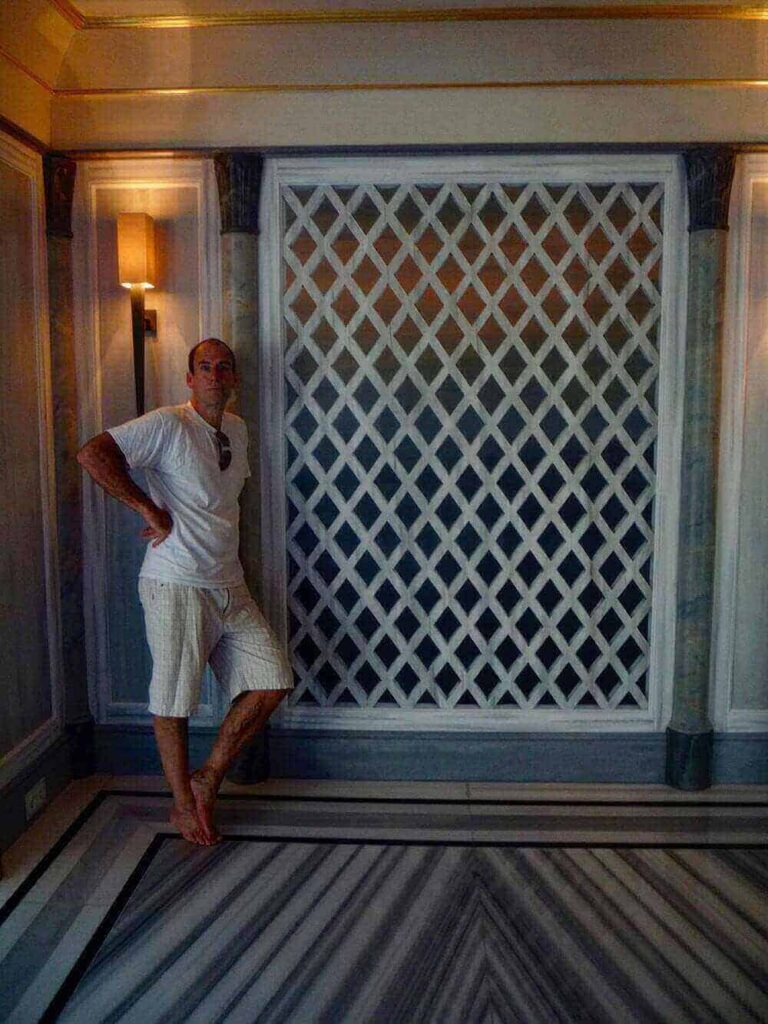
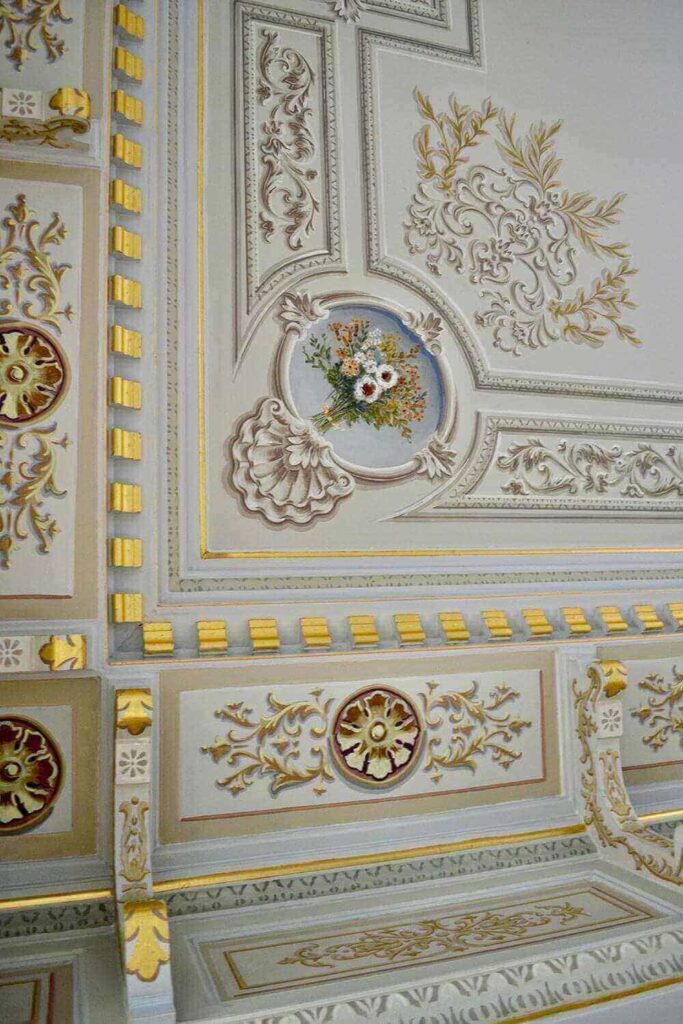
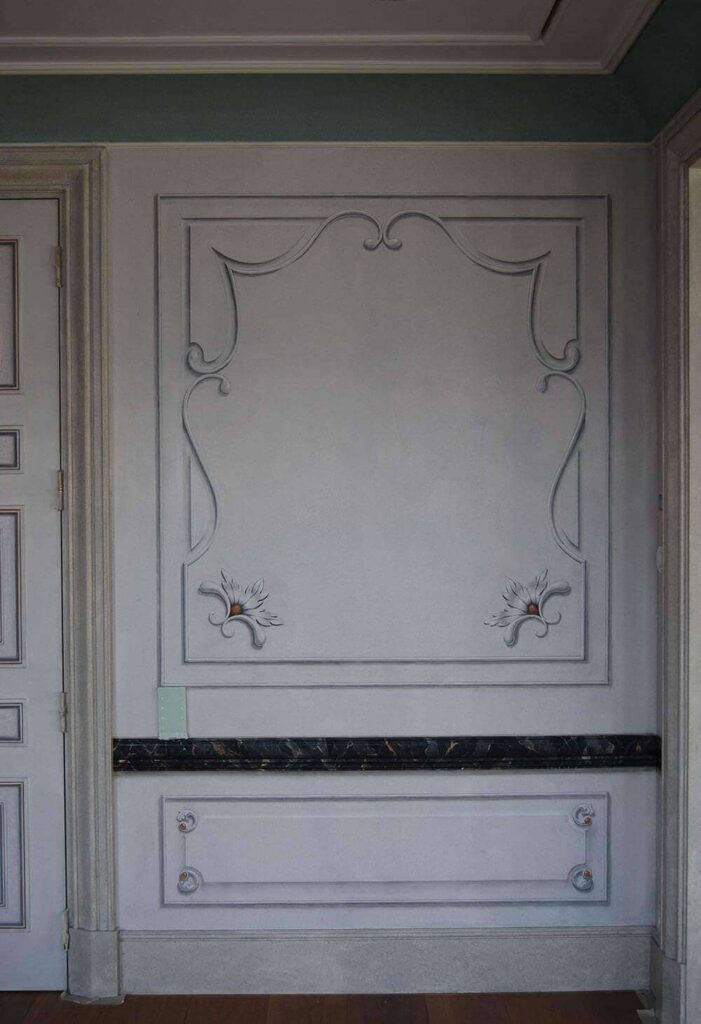

Sorry, the comment form is closed at this time.